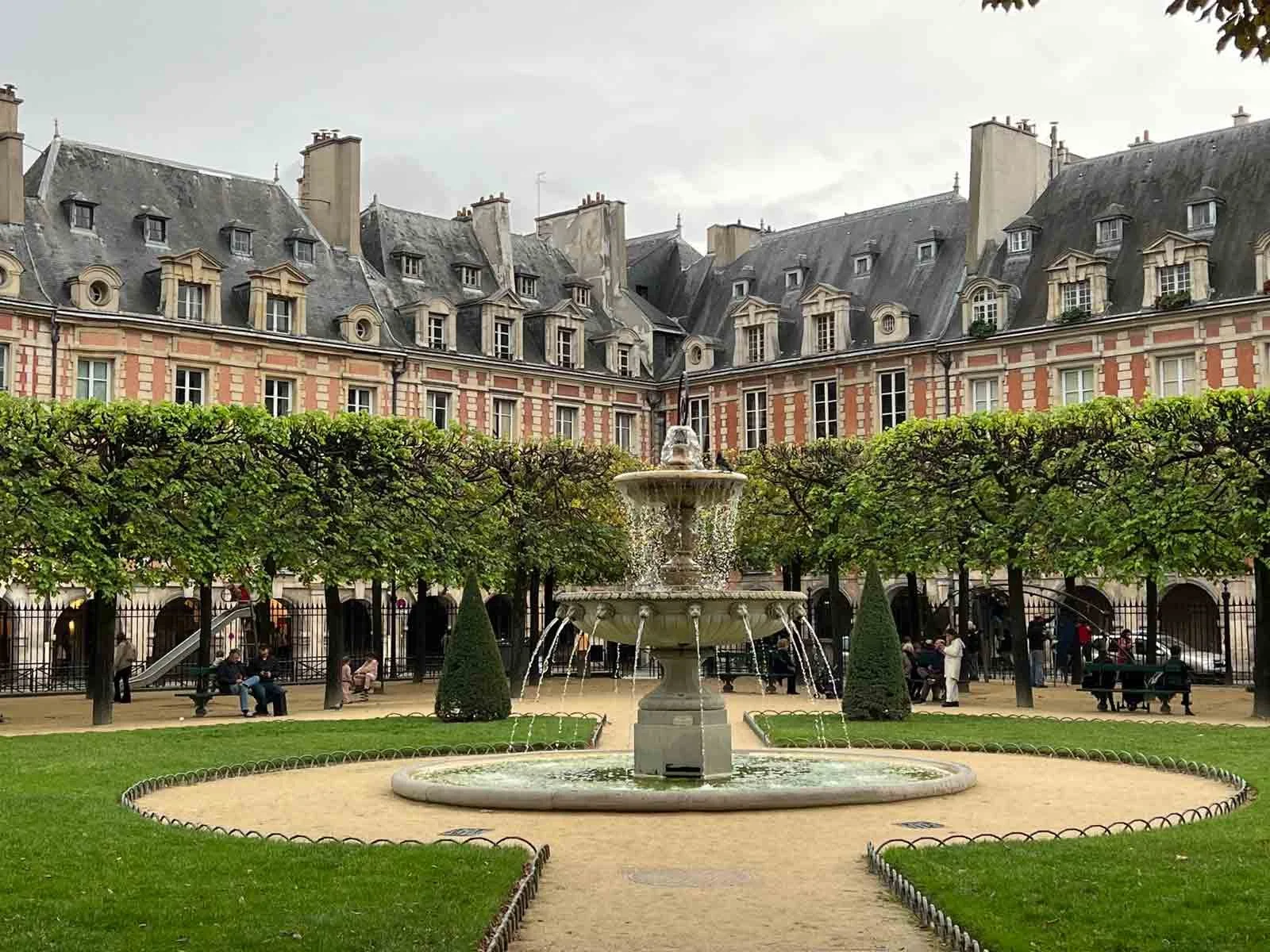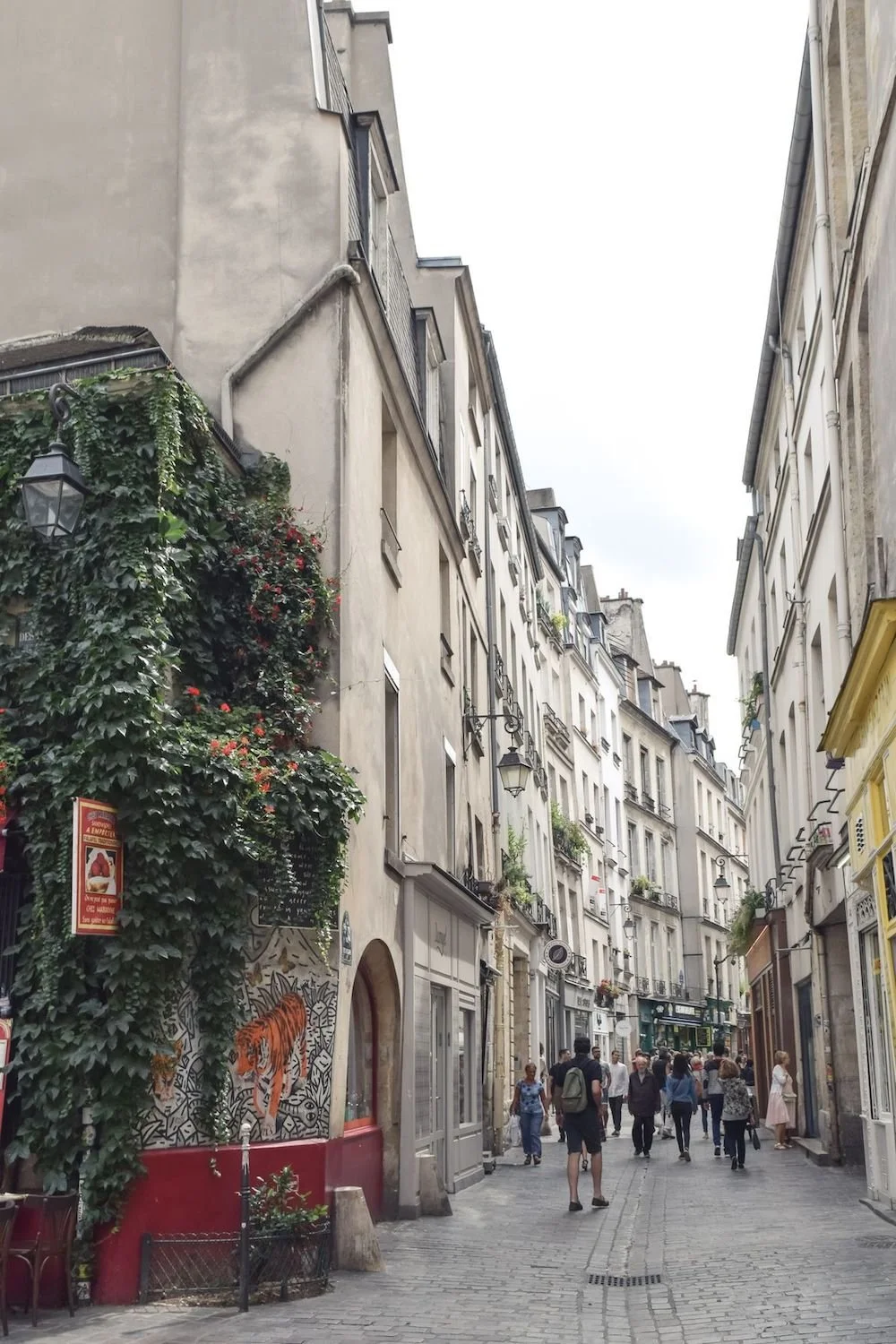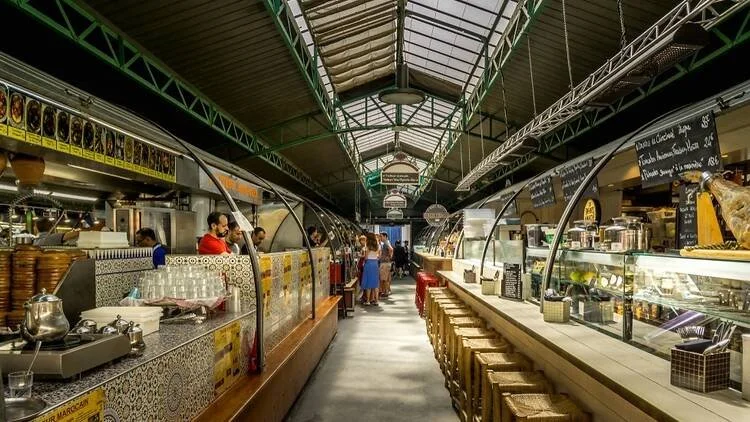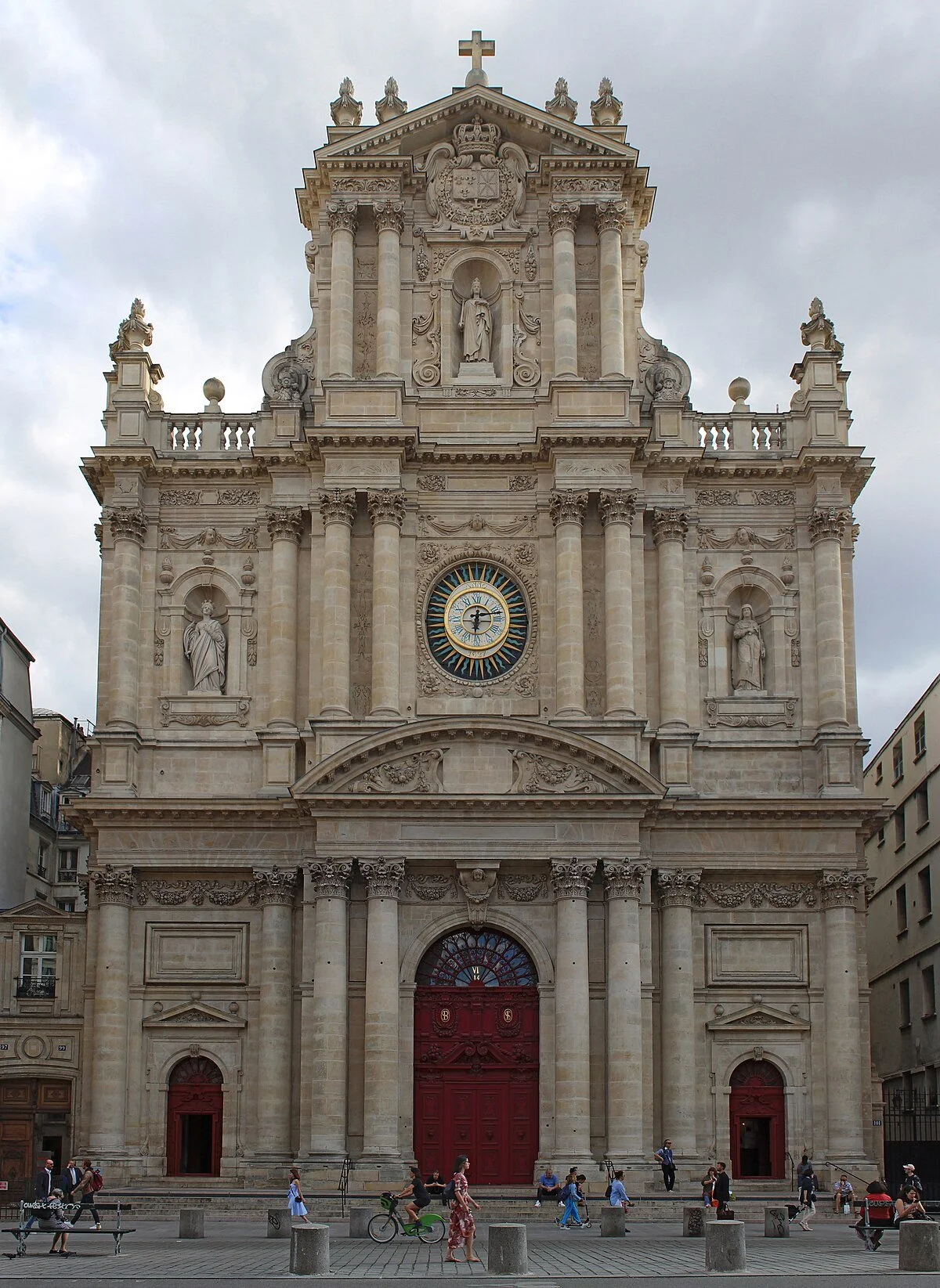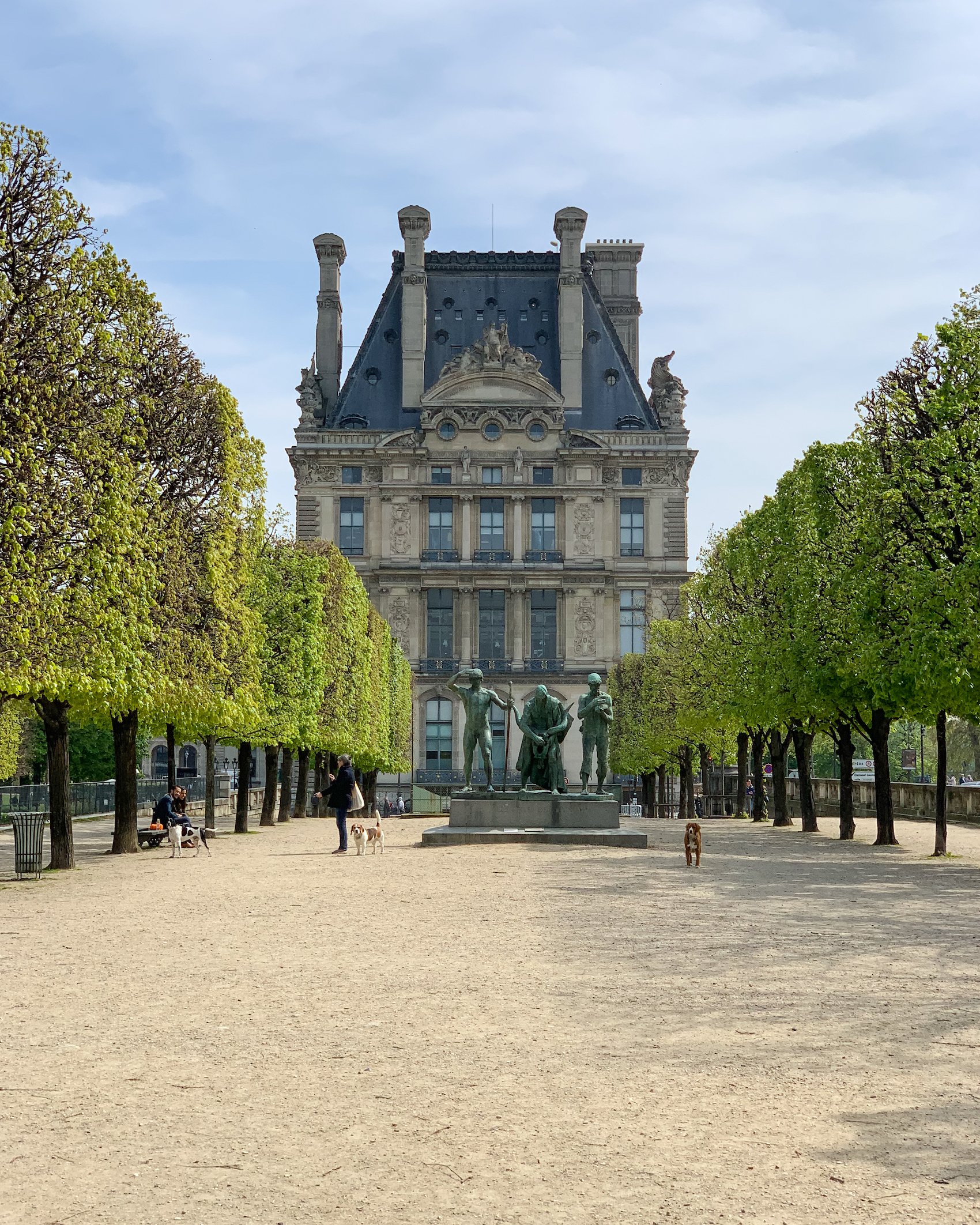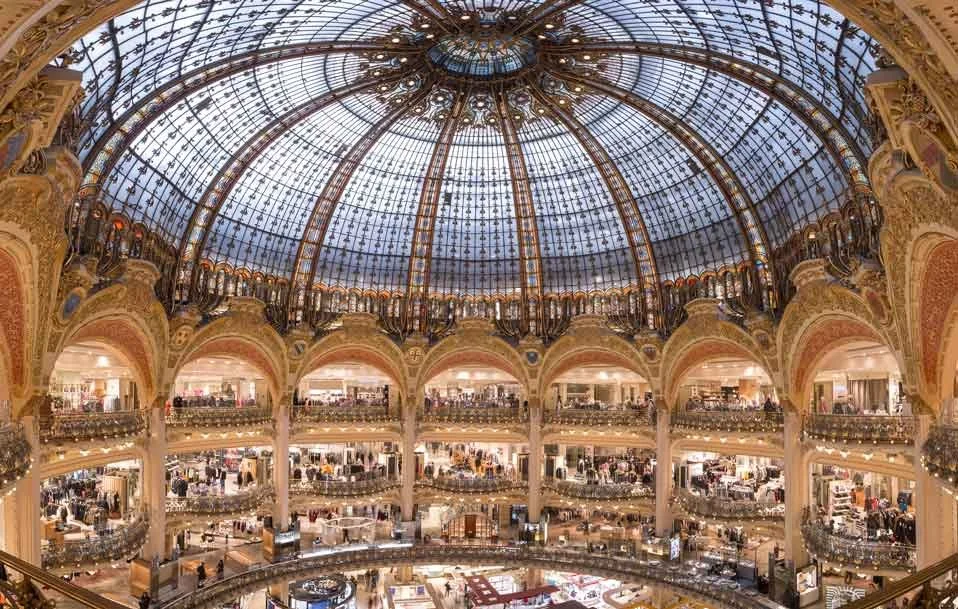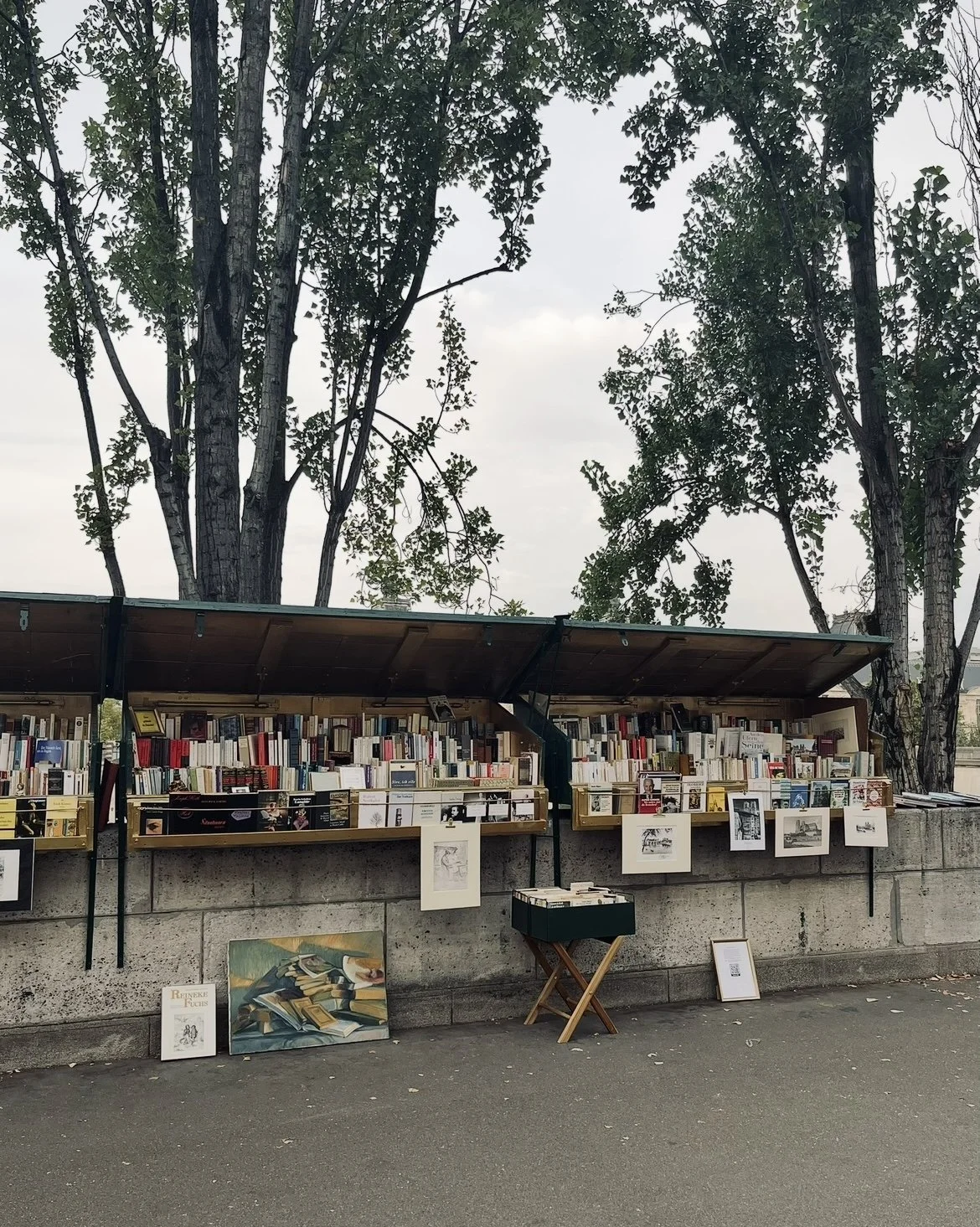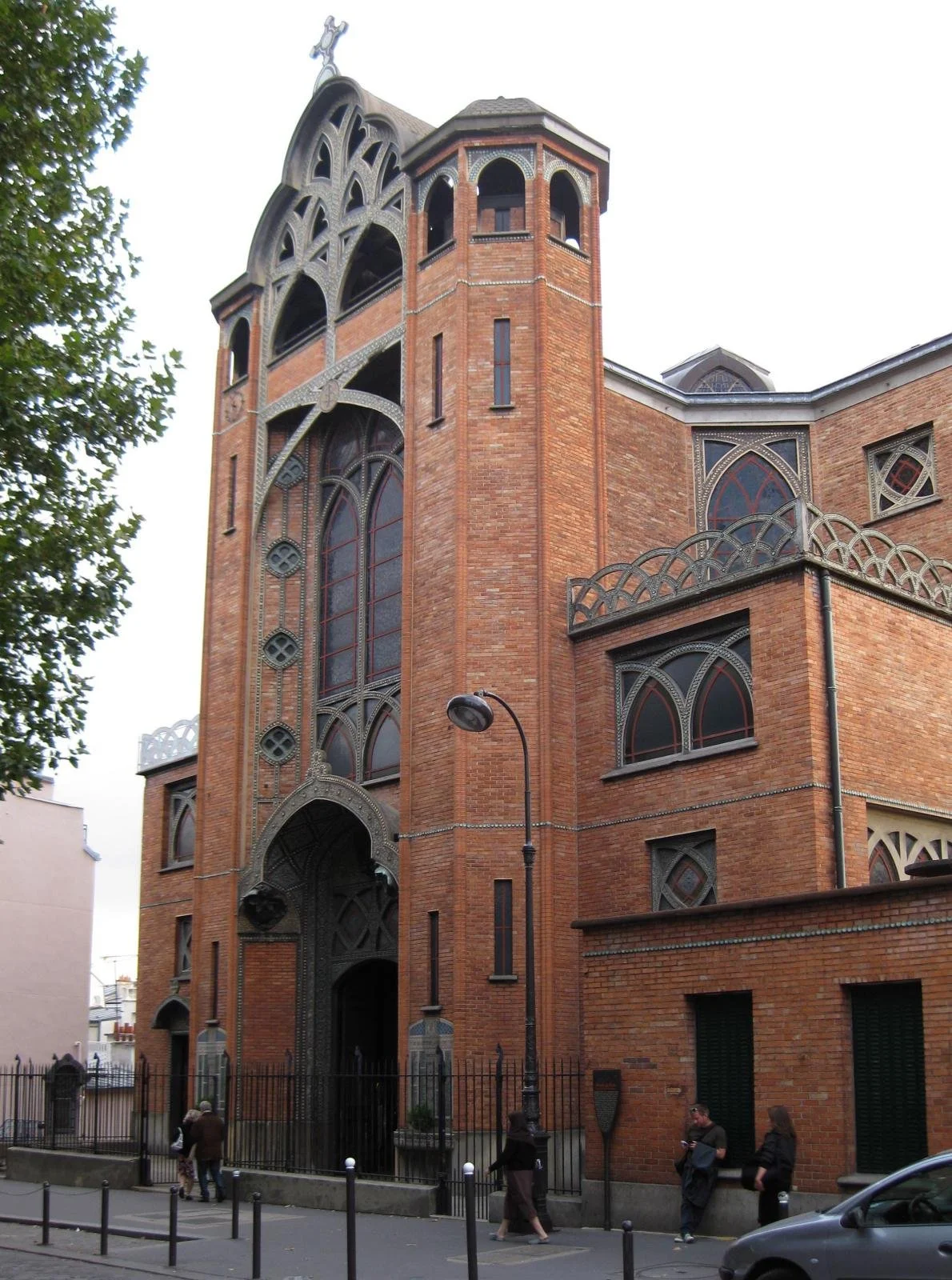PARIS
Paris is known as the ‘City of Light’ and is one of the most culturally rich cities in the world. Located along the River Seine, Paris is the country’s capital and global center for art, fashion, food and history. From the Eiffel Tower to charming cafes, and world-class museums to elegant boulevards, Paris blend old-world beauty with modern vibrancy.
Le Marais
-
Place des Vosges
Place des Vosgues, originally Place Royale, was the first planned square in Paris. It was commissioned by Henri IV in 1605 and completed in 1612. It’s a peaceful square with manicured lawns, fountains, and arcades filled with galleries, cafes and boutiques. It remains a symbol of old Parisian elegance.
-

Musee Carnavalet
The city’s oldest museum, dedicated to the rich history of Paris. It occupies two historic mansions, one of which is Hotel Carnavalet built between 1548 and 1560 for Jaques des Ligneris, President of the Paris Parliament. It has beautiful courtyards and architecture and the permanent collections are free.
-
Rue des Rosiers
One of the most vibrant, culturally rich streets in the heart of the historic Jewish Quarter. “Street of the Rosebushes” has been the center of Paris’s Jewish community since the Middle Ages. L’As du Falafel is an iconic falafel shop on the street. There are also Jewish bakeries and synagogues tucked along the street.
-
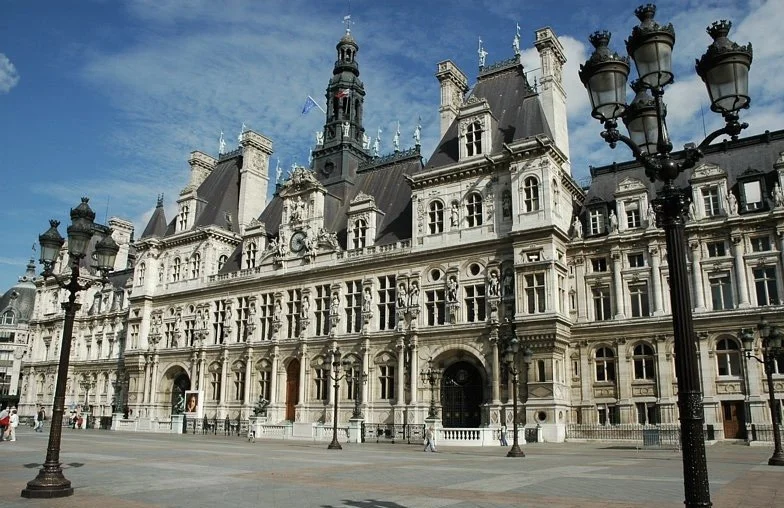
Hotel de Ville
The grand city hall of Paris and a historical and architectural landmark. The site has served as Paris’s city hall since 1357. The current structure was built from 1873-1892 after the original structure burned down. Tours are free but require advanced booking. The square in front of the hotel was once a site for public executions.
-

Village Saint-Paul
A hidden gem in the Marais district. A network of interconnected courtyards lined with antique shops, art galleries, design studios and charming cafes. Walking through it feels like discovering an older, quieter Paris. A great place for treasure hunting.
-
Marche des Enfants Rouges
Paris’s oldest covered market, established in 1615. It offers a vibrant mix of fresh produce, flowers and diverse international cuisine.
-
Saint-Paul-Saint-Louis Church
A remarkable Baroque church built between 1627 and 1641 by two Jesuit architects. It was the first church in Paris to fully embrace the Baroque style. Its grand organ built in 1871 remains a centerpiece for musical performances.
-
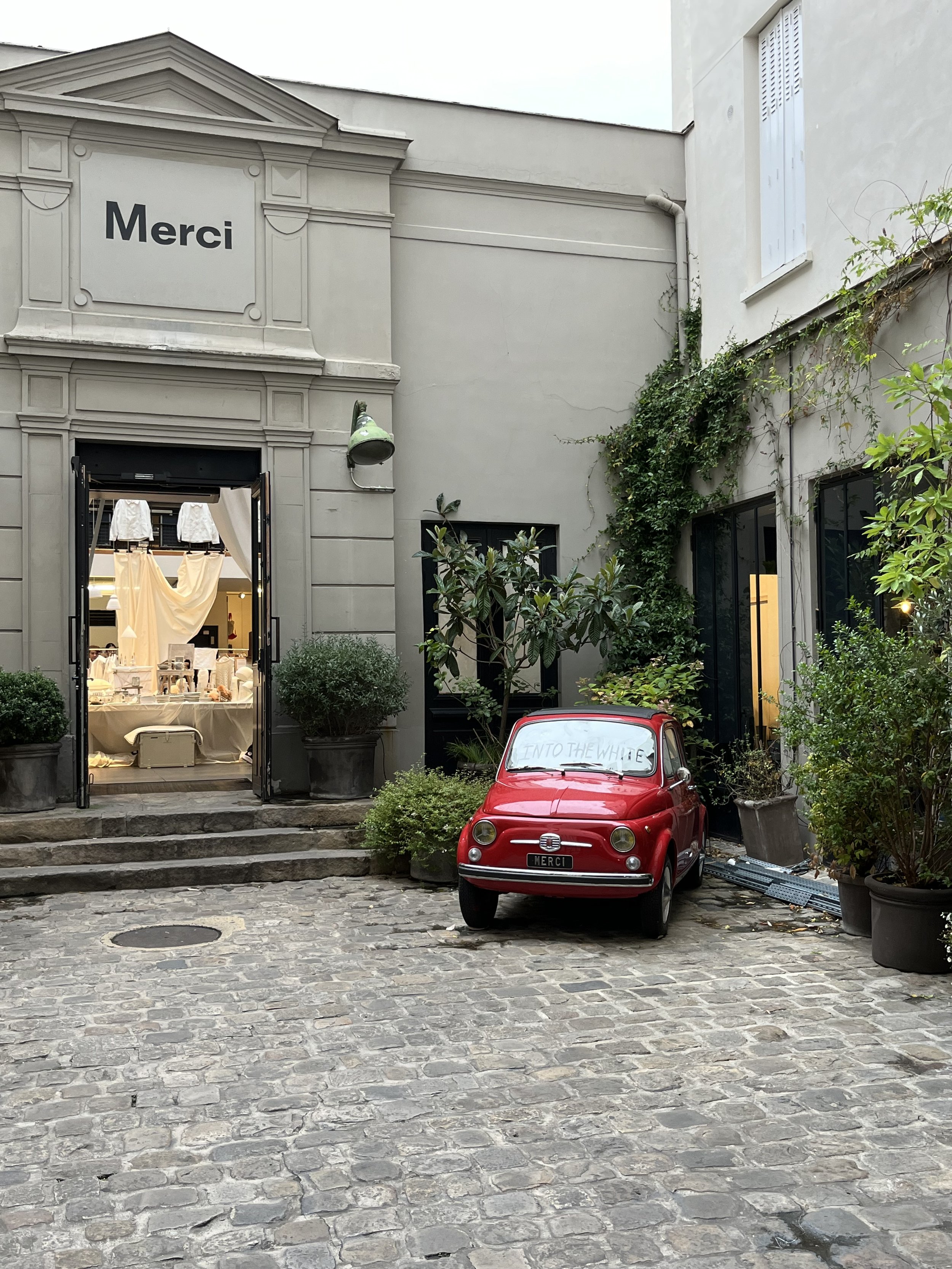
Merci
A beloved concept store offering curated fashion and home goods. When Merci opened its doors in 2009, founders Marie-France and Bernard Cohen aimed to create a space that combined fashion, design and philanthropy. To embody this vision, they placed a vintage red Fiat 500 in the store’s cobbled courtyard as a nod to the playful yet purposeful spirit of the store.
-

AXS Design
A boutique and creative studio specializing in vintage and upcycled home decor and interior design. The founders, Ariel Novak and Sydney Sabatier, source unique items across France and Europe.
-

Antoinette Poisson
A Parisian atelier and boutique known for reviving the 18th century art of ‘domino’ paper- hand-printed and hand-colored decorative sheets. Founded in 2012 by heritage restorers Vincent Farelly and Jean-Baptiste Martin, the brand is named in homage to Madame de Pompadour, whose birth name was Jeanne-Antoinette Poisson.
Notre-Dame
One of the most iconic and beloved cathedrals in the world. This masterpiece of French Gothic architecture began in 1163 and completed in 1345. It is known for its majestic facade, soaring towers, flying buttresses and stunning rose windows. Notre-Dame has been a spiritual, cultural, and historical center of Paris for centuries. The cathedral has witnessed major events in French history including Napoleon’s coronation and became world-famous through Victor Hugo’s novel The Hunchback of Notre-Dame. In 2019, it suffered a devastating fire that destroyed its spire and roof, prompting a massive restoration effort.
Latin Quarter
-

Pantheon
A monumental neoclassical building serving as a mausoleum for France’s most distinguished citizens including Victor Hugo. It was originally commissioned for King Louis XV in 1744 as a church dedicated to Saint Genevieve, the patron saint of Paris. Construction began in 1758 and was completed in 1790.
-
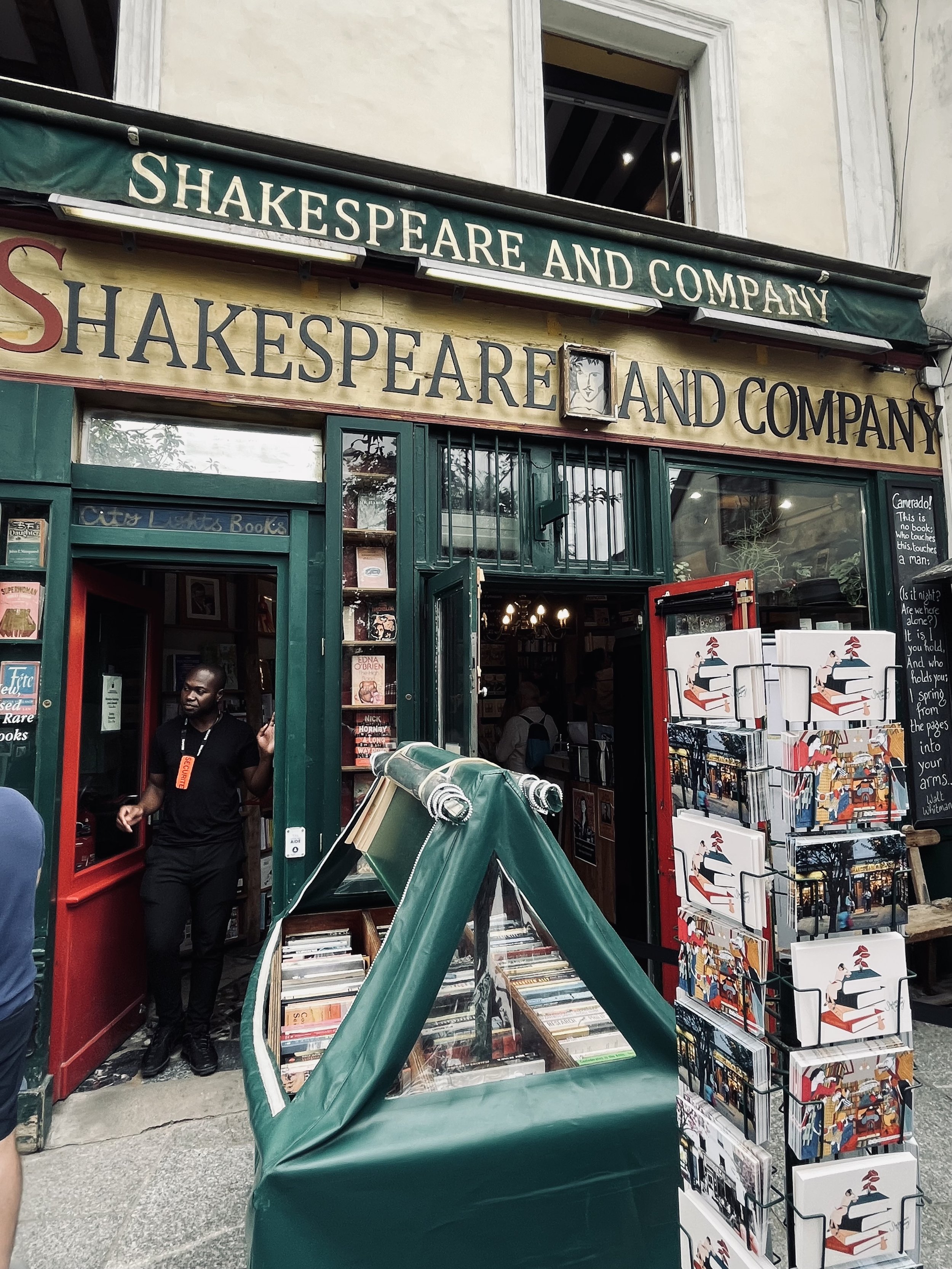
Shakespeare and Company
The original Shakespeare and Company was founded in 1919 by American Sylvia Beach located at 12 Rue de l’Odeon. It became a hub for the “Lost Generation” of writers, including Ernest Hemingway, F. Scott Fitzgerald and James Joyce. The store closed in 1941 during Nazi occupation and never reopened. In 1951, another American, George Whitman, opened a bookstore called Le Mistral at the current location and renamed it to Shakespeare and Company in honor of Sylvia Beach.
-

Jardin du Luxembourg
One of Paris’s most cherished green spaces, a blend of French and Italian inspiration. The garden was commissioned in 1612 by Queen Marie de Medici, the widow of King Henry IV and designed to complement the Luxembourg Palace, her new residence. Inspiration for the garden came from the Boboli Gardens in Florence.
-
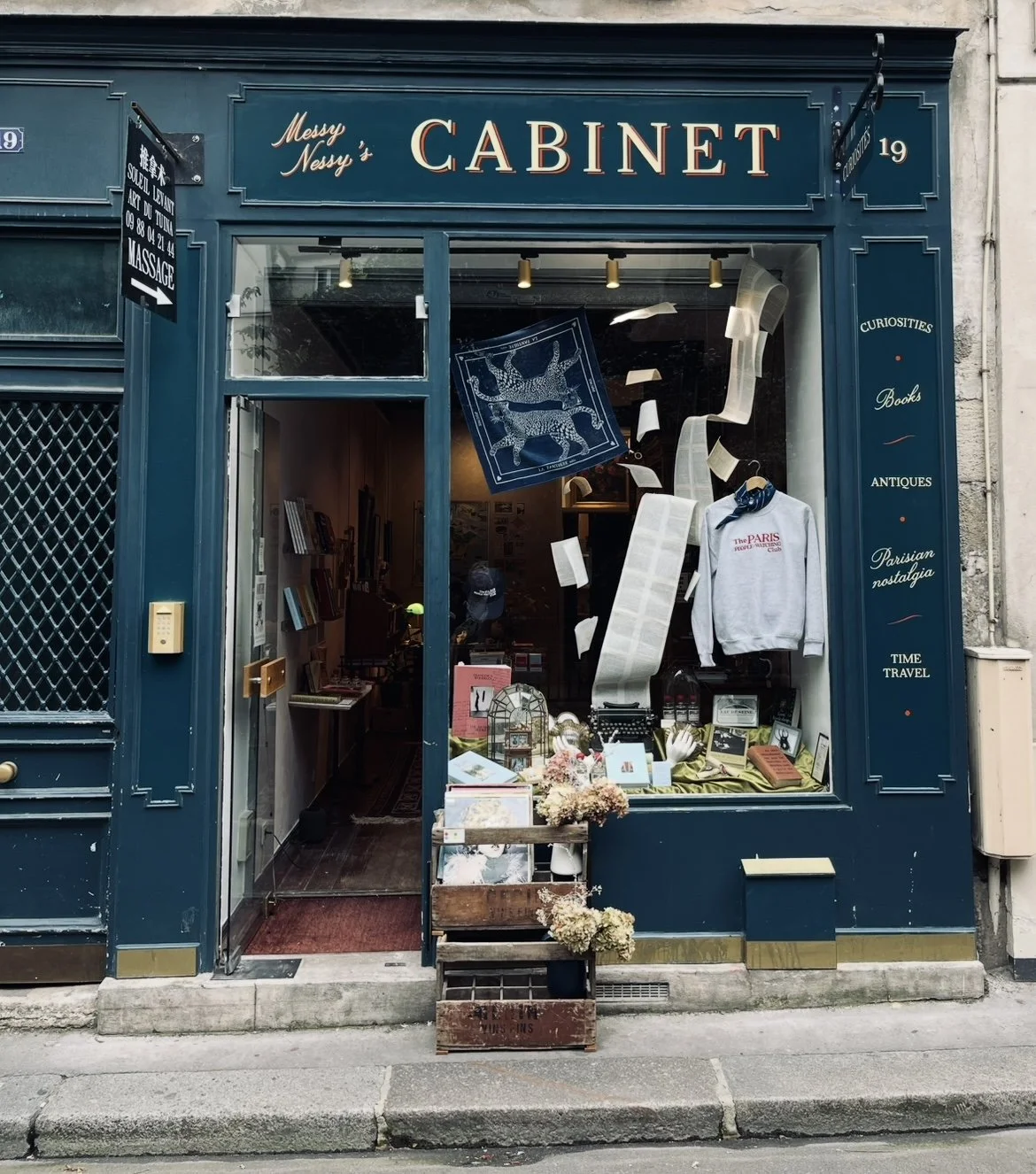
Messy Nessy's Cabinet
A charming shop offering a collection of vintage curiosities, rare books and offbeat souvenirs, all reflecting the whimsical spirit of its founder, Vanessa Grall, also known as Messy Nessy.
-

Astier de Villatte
Astier de Villatte is a celebrated Parisian brand renowned for its handcrafted white-glazed ceramics, fragrances and stationery. There are two locations in the city.
-

Marin Montagut
A Parisian artist and designer known for his whimsical hand-illustrated creations that capture the essence of Parisian charm. The boutique is housed in a former tapestry workshop and exudes an old-world charm with its antique furnishings and apothecary-style displays.
-
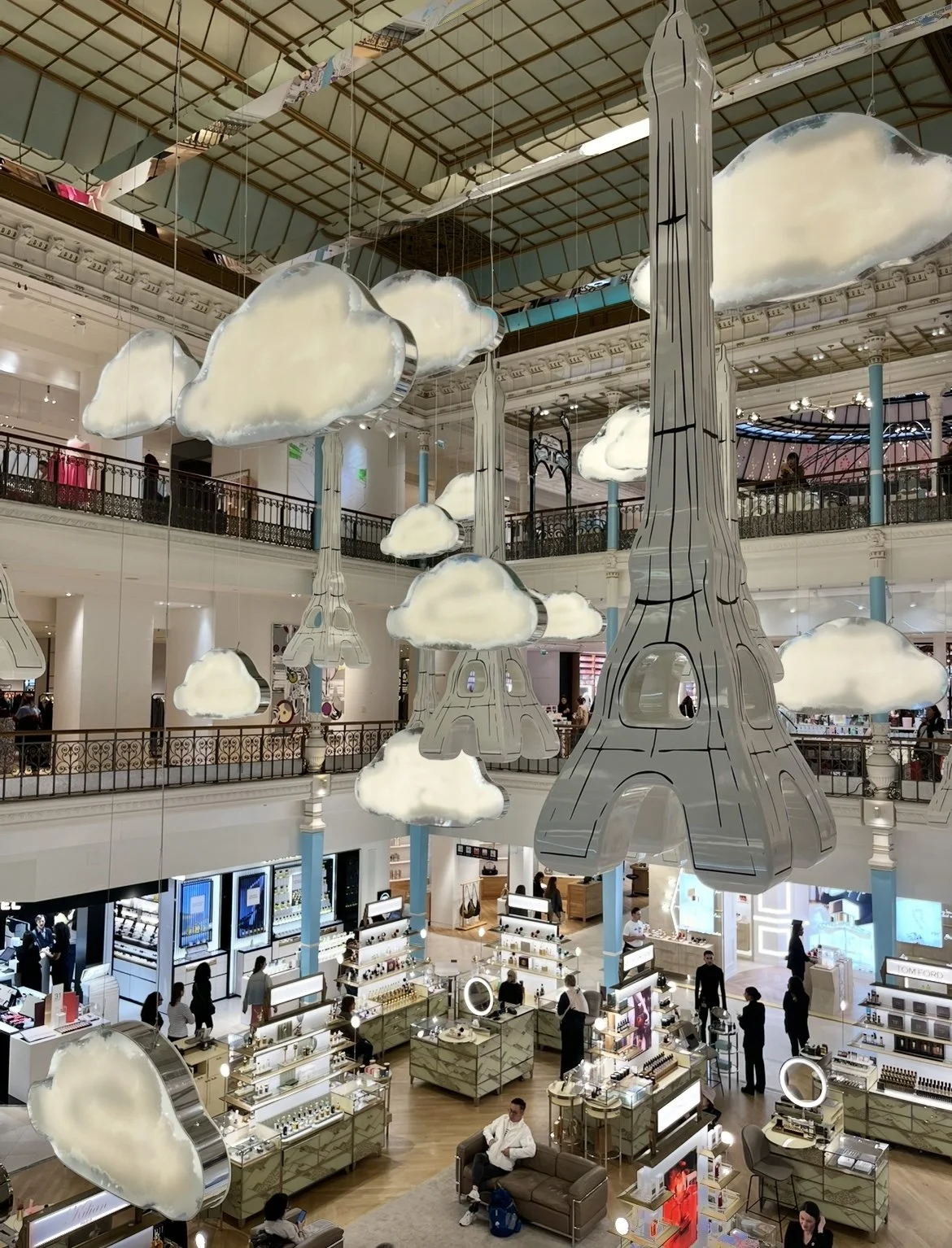
Le Bon Marche
Paris’s oldest and most iconic department store founded in 1838 and transformed in 1852. It is recognized as the world’s first modern department store. It is known for its artistic displays and seasonal exhibitions.
-

Odette
A charming patisserie known for its exquisite choux a la creme (cream puffs). Founded by Frederic Berthy, the shop pays homage to his grandmother, Odette, who cherished recipes inspired the creations offered today.
Musee d’Orsay
One of Pari's’s most beloved museums- famous for its rich collection of Impressionist and Post-Impressionist masterpieces. It is located inside the former Gare d’Orsay railway station built in 1900 and transformed into a museum in 1986.
Palais Royal
-
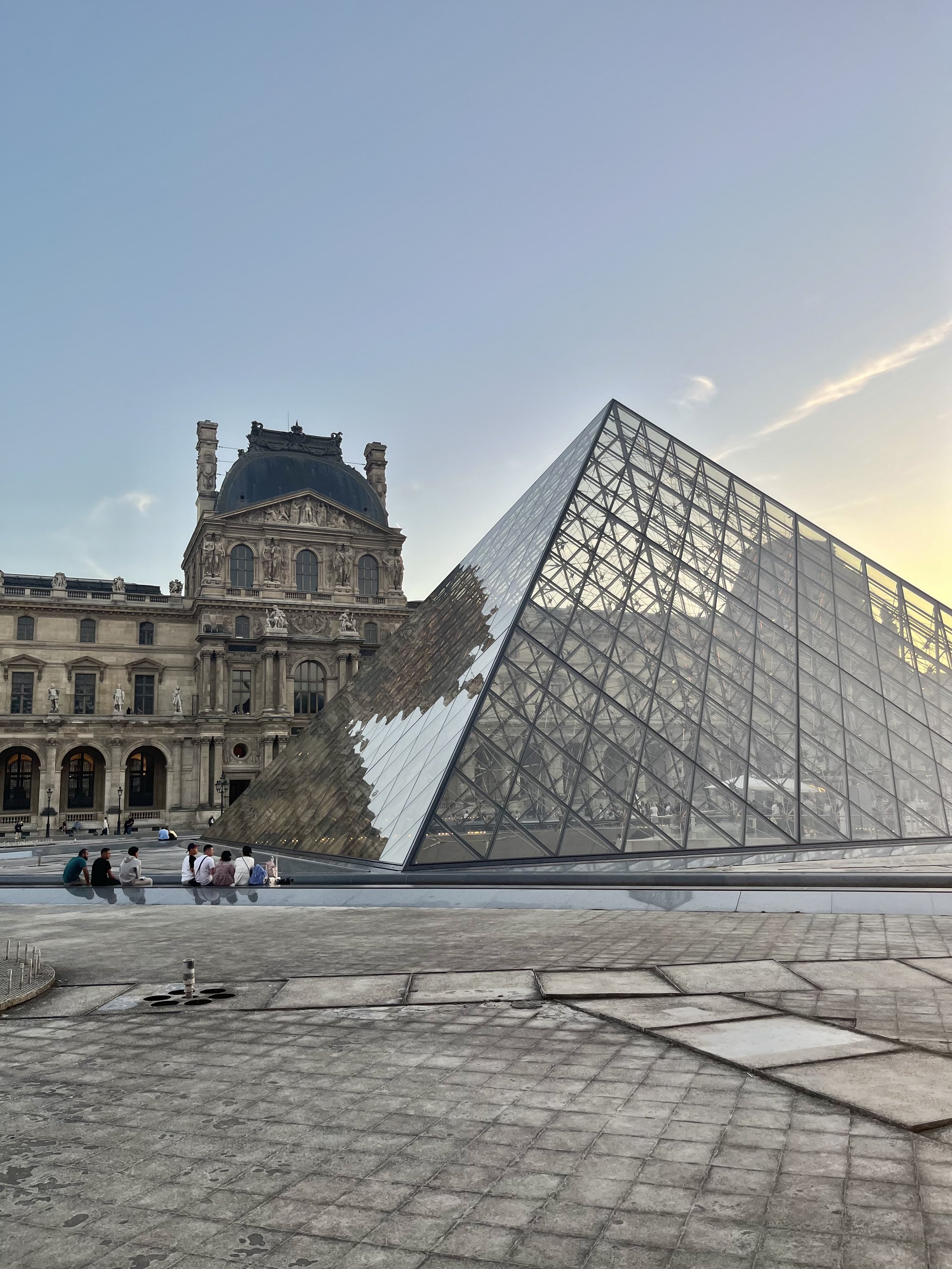
Louvre Museum
A treasure trove of global art with over 35,000 works. It was originally a fortress built in the 12th century and later became a royal palace before becoming a museum in 1793. The Louvre Pyramid is one of the museum’s iconic features marking the main entrance. Famous masterpieces include the Mona Lisa by Leonardo da Vinci and Winged Victory, a marble sculpture.
-
Tuileries Garden
One of Paris’s most iconic and beautiful green spaces stretching between the Louvre and Place de la Concorde in the heart of the city. It was created in 1564 by Catherine de’ Medici as part of the Tuileries Palace grounds and was redesigned in the 17th century by Andre Le Notre, Louis XIV’s landscape architect.
-

Place de la Concorde
A historic square at the foot of the Champs-Elysees. It was created in 1755 and originally named Place Louis XV. It is the largest square in Paris and includes an Egyptian obelisk and two majestic fountains.
-
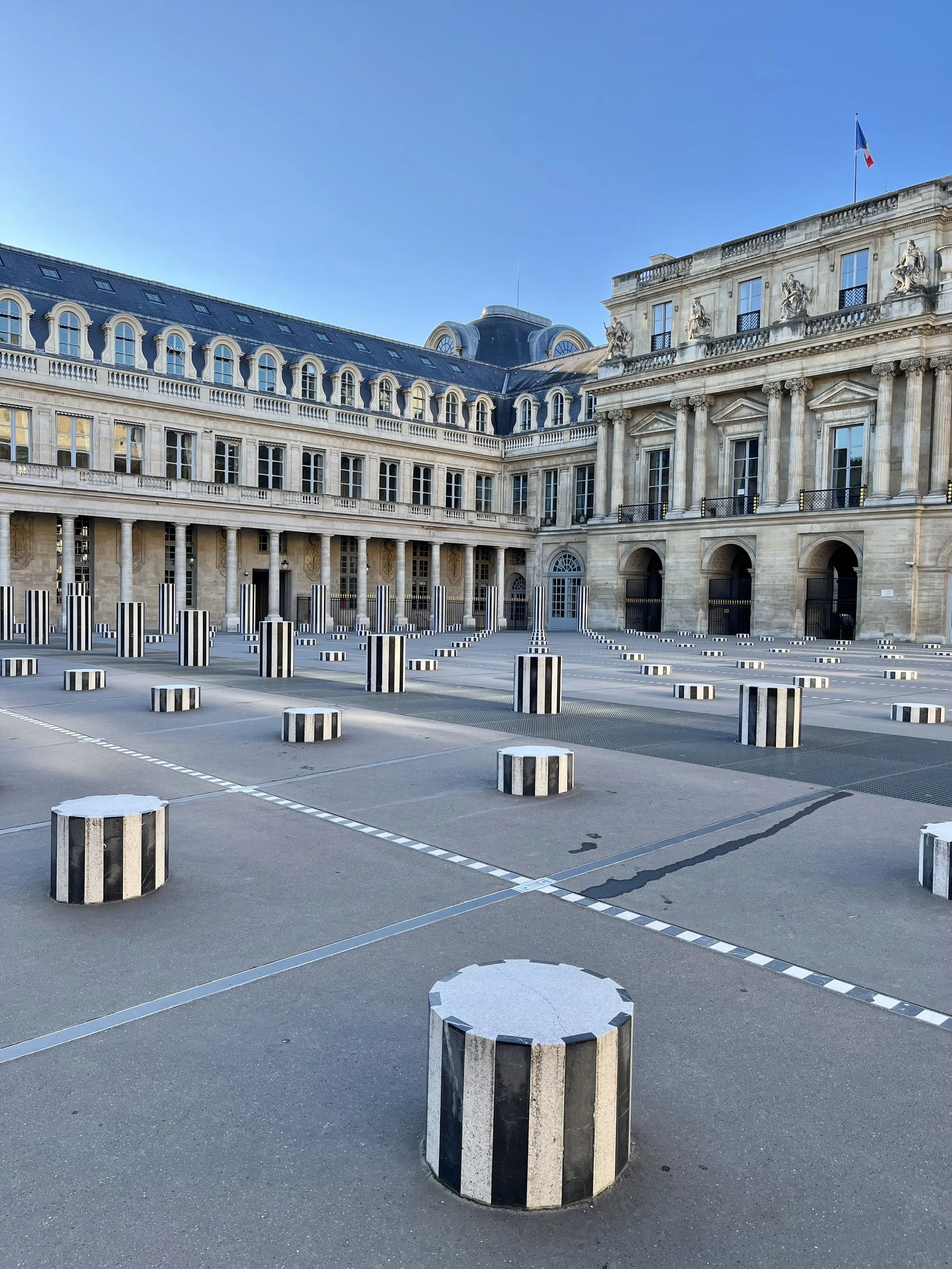
Palais Royal & Gardens
Originally built for Cardinal Richelieu in the 1630’s. It is home to royalty, revolutionaries, and theatre legends over the centuries. The Cour d’ Honneur features the iconic black-and-white striped “Colonnes de Buren” installation. The inner Jardin du Palais-Royal is peaceful, with manicured trees, fountains and iron benches. Elegant galleries with shops and cafes frame the gardens.
-
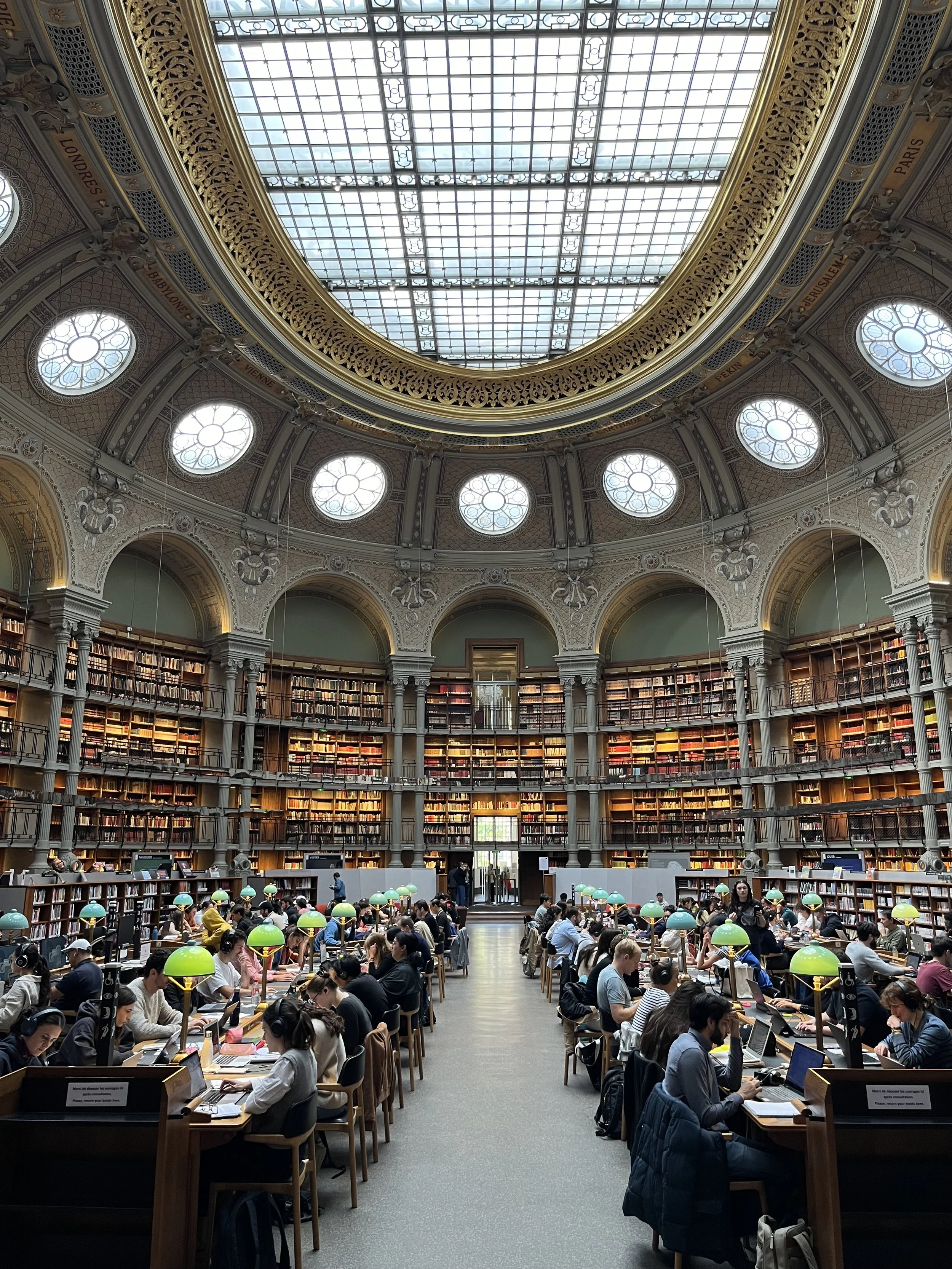
Bibliotheque Nationale de France
The National Library of France is one of the oldest libraries in the world founded in 1368 by Charles V. It was designed by architect Dominique Perrault featuring four corner towers shaped like open books. The oval reading room is an architectural marvel featuring a central glass canopy surrounded by ornate decorations, with sixteen circular windows around the upper oval.
-

Galerie Vivienne
A historic passageway built in 1823 featuring a magnificent glass roof and an intricate mosaic floor. One of Paris’s oldest bookshops, Librarie Jousseaume, is located inside.
-

Ultramod
Paris’s oldest haberdashery, a cherished destination for designers, milliners and crafters. It was originally established to supply haymakers with supplies. The shop’s interior exudes old-world charm.
Sainte-Chapelle
Sainte-Chapelle is a 13th century Gothic chapel known for its incredible stained-glass windows. It was built in 1242 by King Louis IX to house Christian relics. 15 towering stained-glass windows depict scenes from the Old and New Testaments. Most of the glass is over 750 years old.
Opera District
-
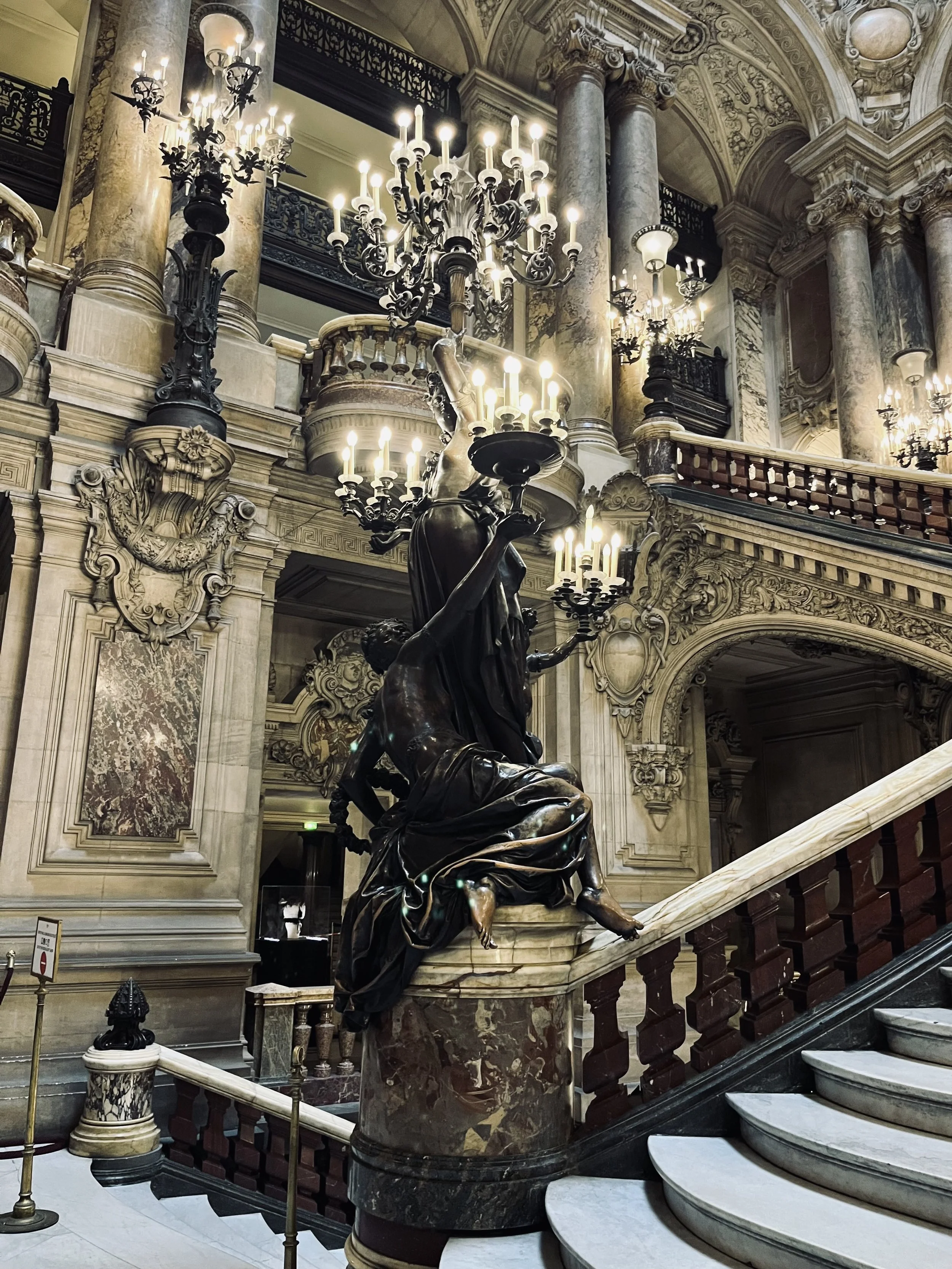
Palais Garnier
One of Paris’s most iconic landmarks- a temple of art, architecture and performance in the heart of the city. Designed by Charles Garnier and built between 1861 and 1875 under the reign of Napoleon III. The underground lake beneath the building (created for stability on swampy ground) inspired Gaston Leroux’s Phantom of the Opera. It is open for tours.
-
Galeries Lafayette Haussmann
A historic department store with a dazzling Art Nouveau dome. Don’t miss the free rooftop terrace for stunning views of Paris.
-
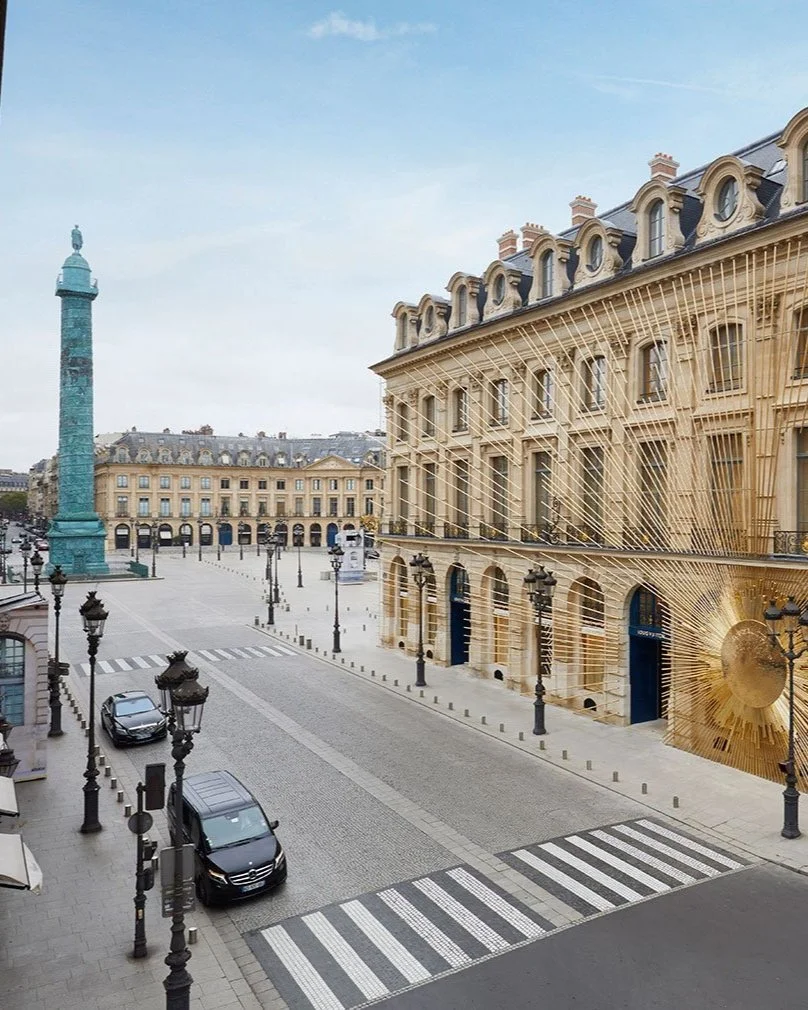
Place Vendome
A historic and luxurious square commissioned by Louis XIV in 1698. The square was designed by architect Jules Hardouin-Mansart, also known for his work on the Palace of Versailles. At the center stands the Vendome Column, erected by Napoleon I in 1810 to commemorate the victory at the Battle of Austerlitz.
-
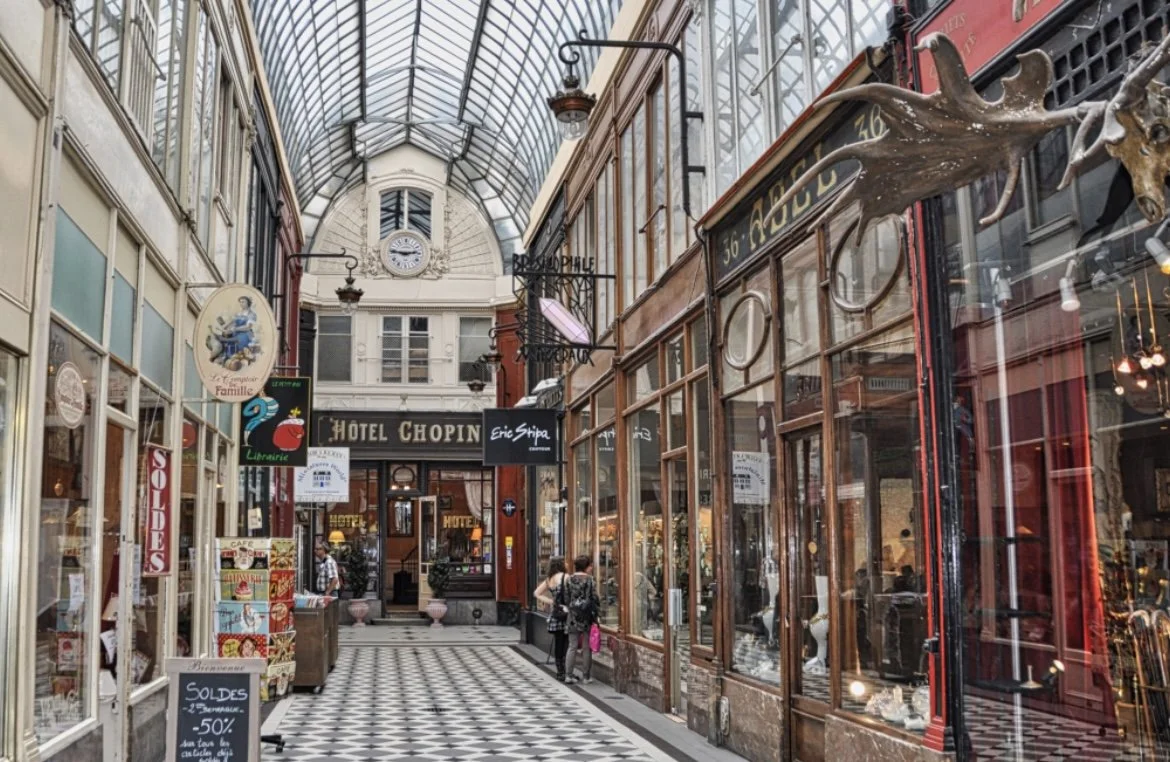
Passage Jouffroy
A charming 19th century covered arcade built in 1845. It was the first Parisian passage constructed entirely of metal and glass and the first to feature underfloor heating. One of Paris’s oldest hotels, Hotel Chopin, is nestled in the passage, along with other unique shops and bookstores. Passage Jouffroy is part of a trio of connected arcades.
Bouquinistes
The Bouquinistes of Paris are the iconic second-hand booksellers whose distinctive green boxes line the banks of the River Seine. Operating since the 16th century, the bouqinistes have become a symbol of Parisian culture, offering a vast array of used books, vintage postcards, prints and souvenirs. Their presence contributes to the Seine’s reputation as “the only river in the world that runs between two bookshelves.”
Montmartre
-
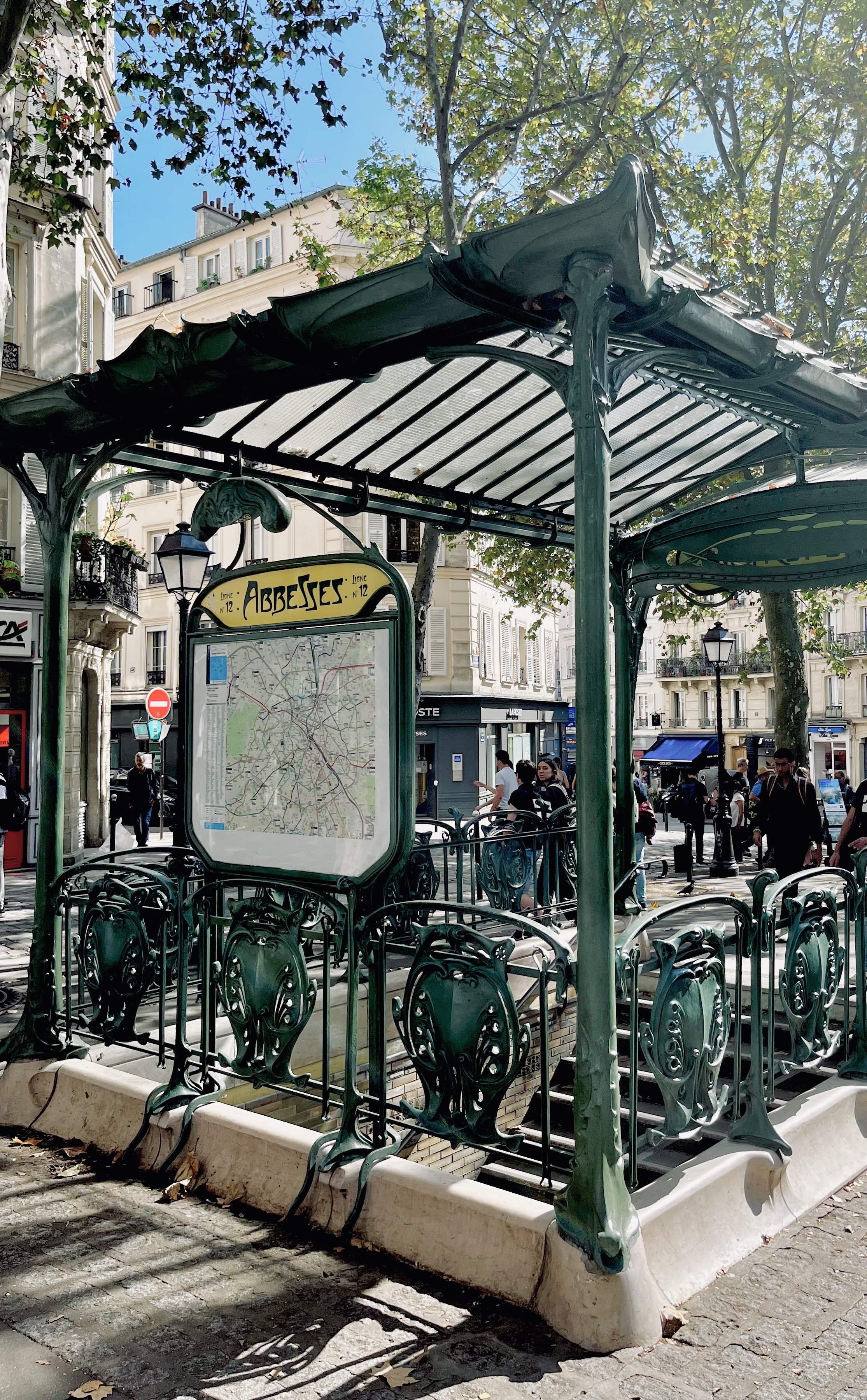
Abbesses Metro Station
A masterpiece of Art Nouveau architecture, designed by Hector Guimard. The name of the station comes from the Montmartre Abbey that was directed by nuns. The metro station opened in 1913 and is the deepest station with a spiral staircase adorned with murals depicting scenes from Montmartre.
-

Wall of love
The wall was created in 2000 by artists Frederic Baron and Claire Kito. It is composed of 612 tiles of enameled lava, on which the phrase ‘I love you’ is written in 250 languages. The red splashes scattered across the wall symbolize fragments of a broken heart.
-
Saint-Jean de Montmartre
The Roman Catholic parish church was designed by architect Anatole de Baudot, completed in 1904. It was the first church in France built using reinforced concrete, making a significant innovation in architectural techniques of the time.
-
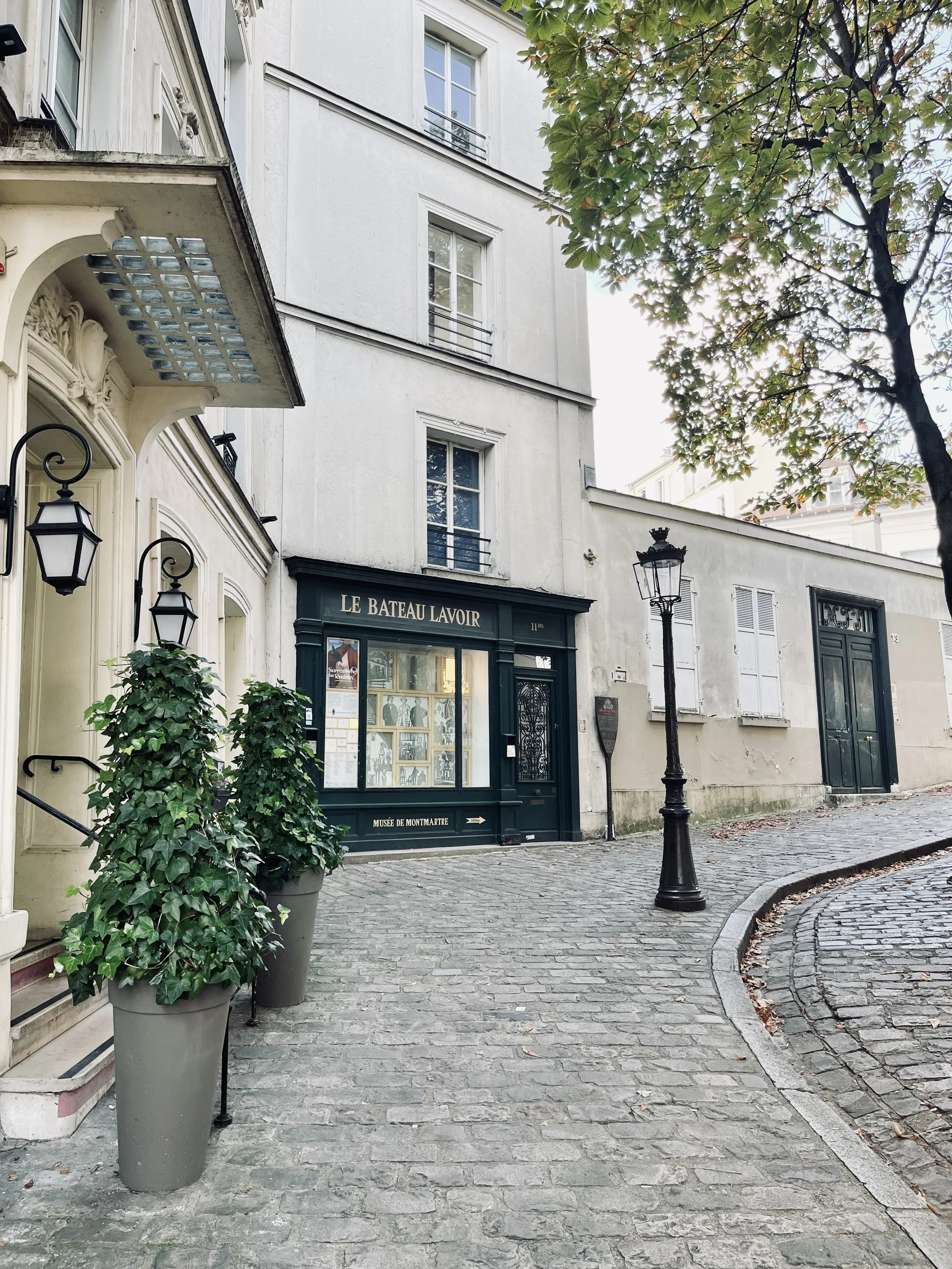
Bateau-Lavoir
The Bateau-Lavoir is a historic building located at 13 Rue Ravignan on Place Emile Goudeau. Originally a piano factory, it was converted into artist studios in the late 19th century. Pablo Picasso resided here from 1904-1909 during which he painted one of his most noted works, Les Demoiselles d’Avignon.
-
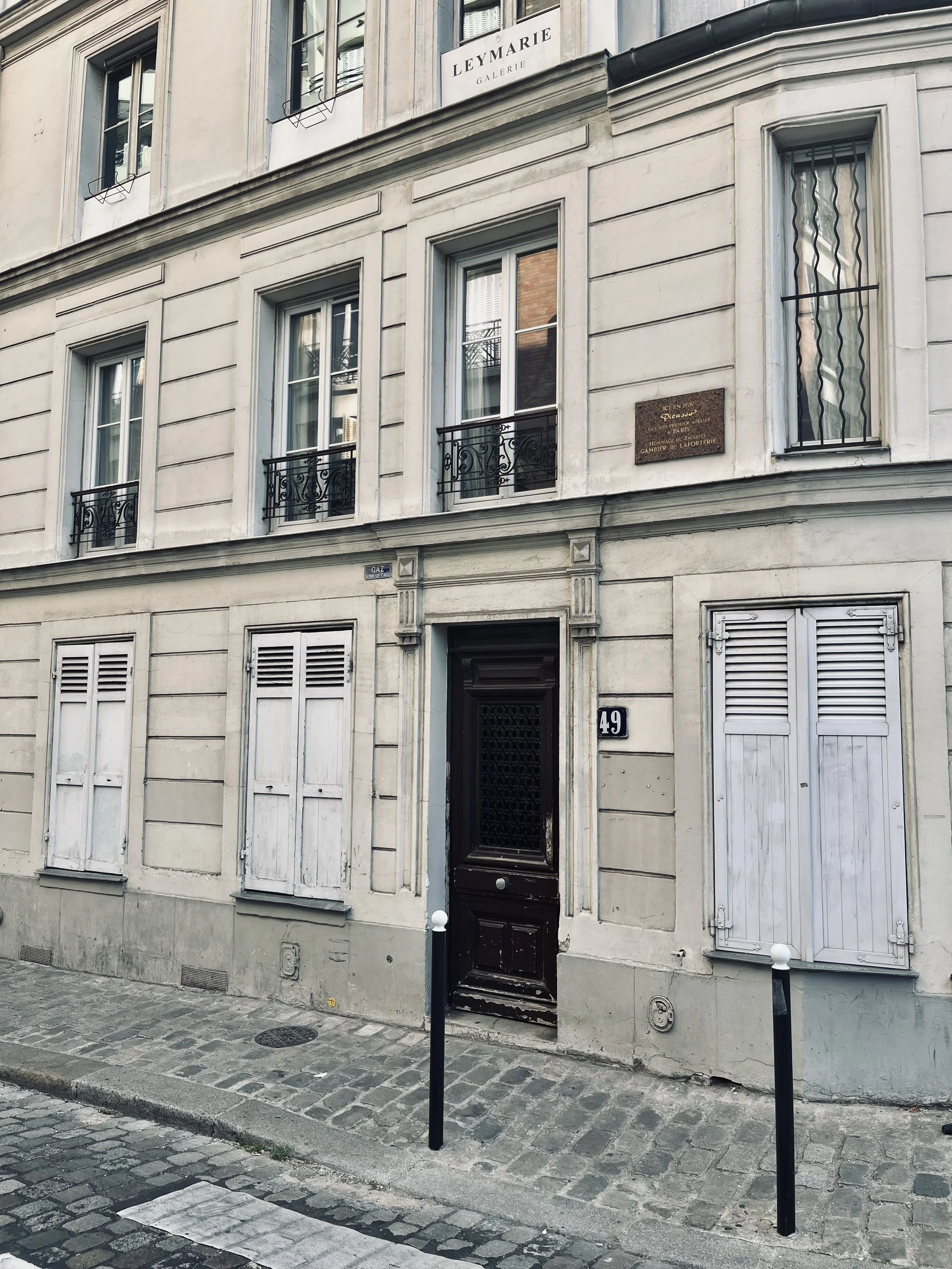
Picasso's Studio
Upon arriving in Paris for the 1900 World Fair, Picasso established his first studio at 49 Rue Gabrielle. This time marked the onset of his Blue Period, characterized by melancholic themes and a monochromatic blue palette. Notable works from this era include ‘Moulin de la Galette.’
-
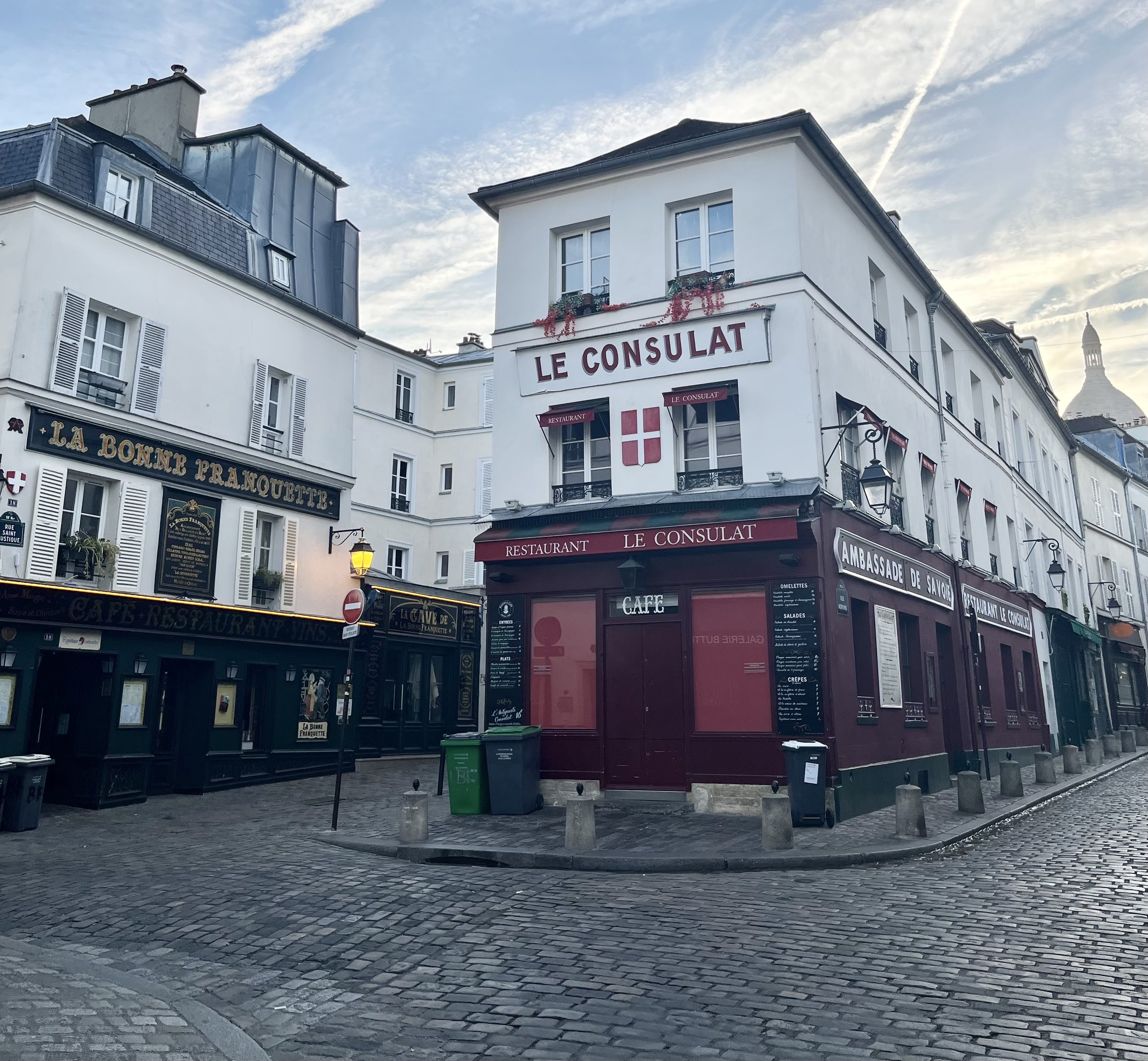
Le Consulat
A historic cafe in Montmartre. Its charming red and white facade and vintage signage make it one of the most photographed spots in the city. The cafe has been a gathering place for artists and writers including Vincent Van Gogh, Claude Monet, and Pablo Picasso.
-

Basilica of Sacre-Coeur
The Basilica of the Sacred Heart is a prominent Roman Catholic Church situated atop Montmartre, the highest point in Paris. Construction began in 1875 and completed in 1914.
-
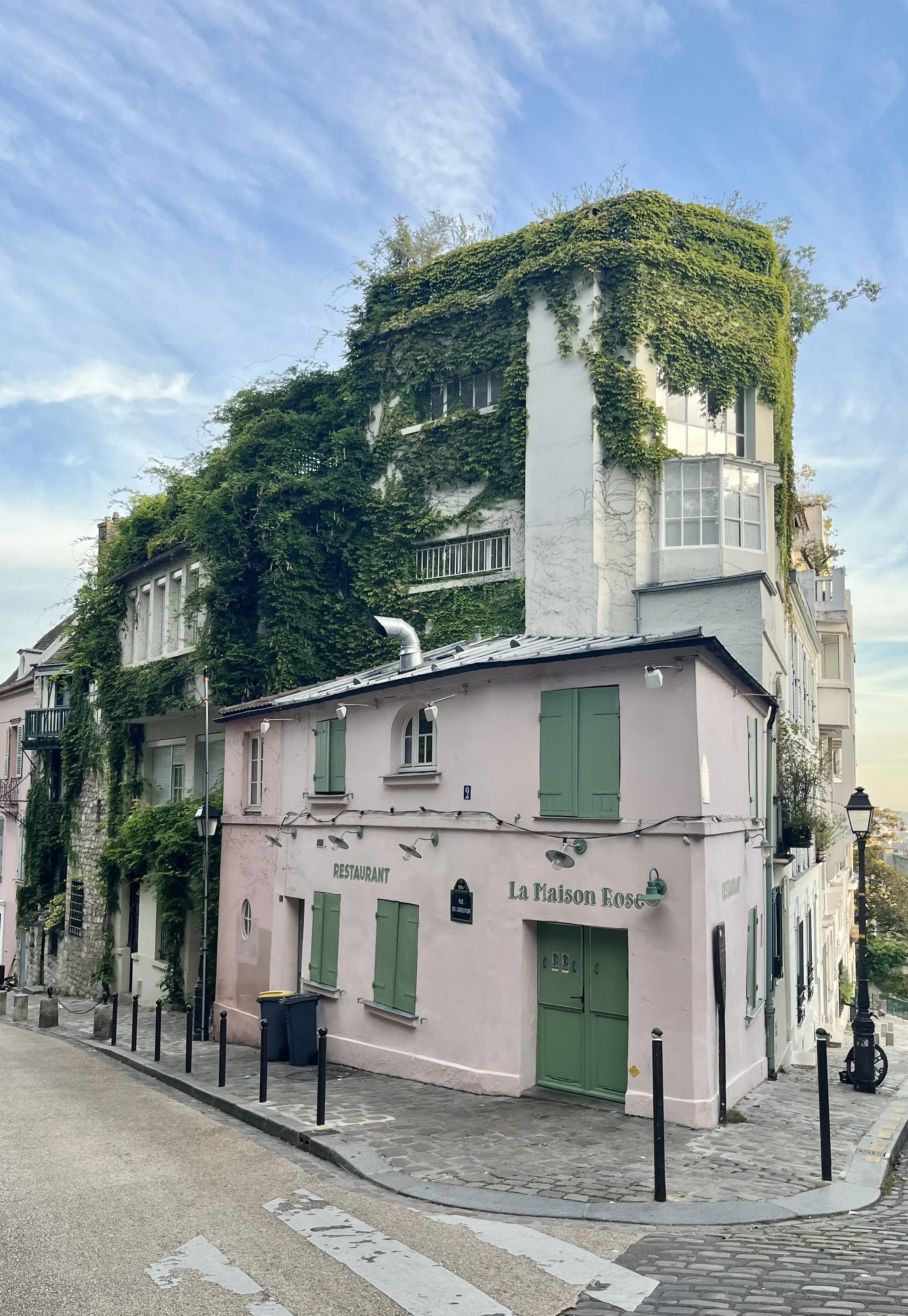
La Maison Rose
A historic and picturesque cafe in Montmartre. Its pastel pink facade with green shutters embodies the bohemian charm of the Montmartre district. It was built in the mid 19th century and was a gathering place for artists and intellectuals.
-
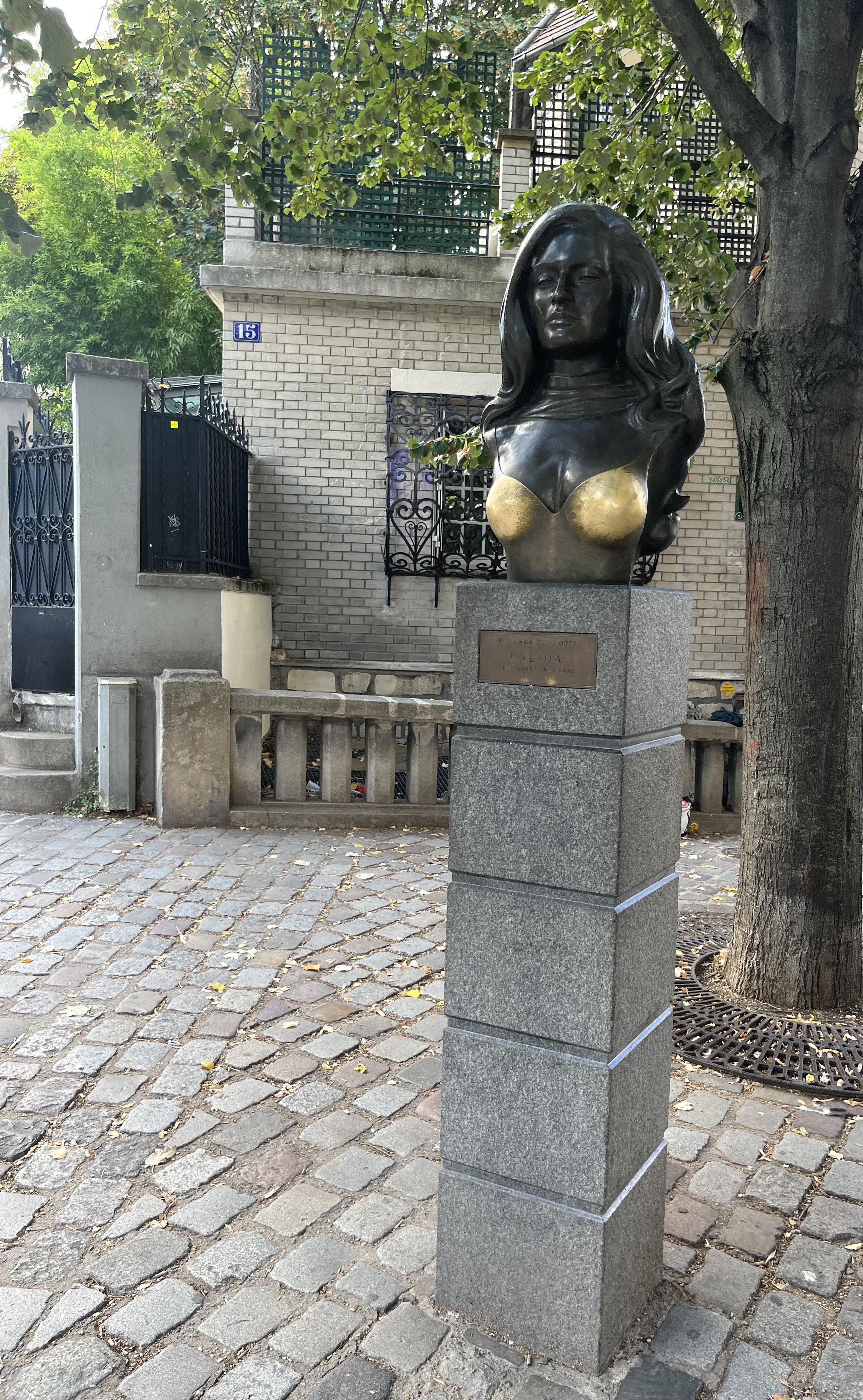
Place Dalida
A tranquil square dedicated to the iconic French-Italian singer and actress Dalida. On April 24, 1997, marking the 10th anniversary of her death, a bronze bust of Dalida was unveiled at the square. Over time, the bust’s chest has developed a polished sheen due to a local superstition that touching it brings good luck in matters of love.
-

Le Passe-Muraille
A whimsical bronze sculpture created in 1989 by French actor and sculptor Jean Marais. The statue pays tribute to the 1941 short story Le Passe-Muraille by Marcel Ayme. In Acme’s tale, Monsieur Dutilleul is a modest civil servant who discovers he can walk through walls. He becomes trapped in a wall after losing his ability, forever frozen mid-pass. The sculpture captures this moment.
-
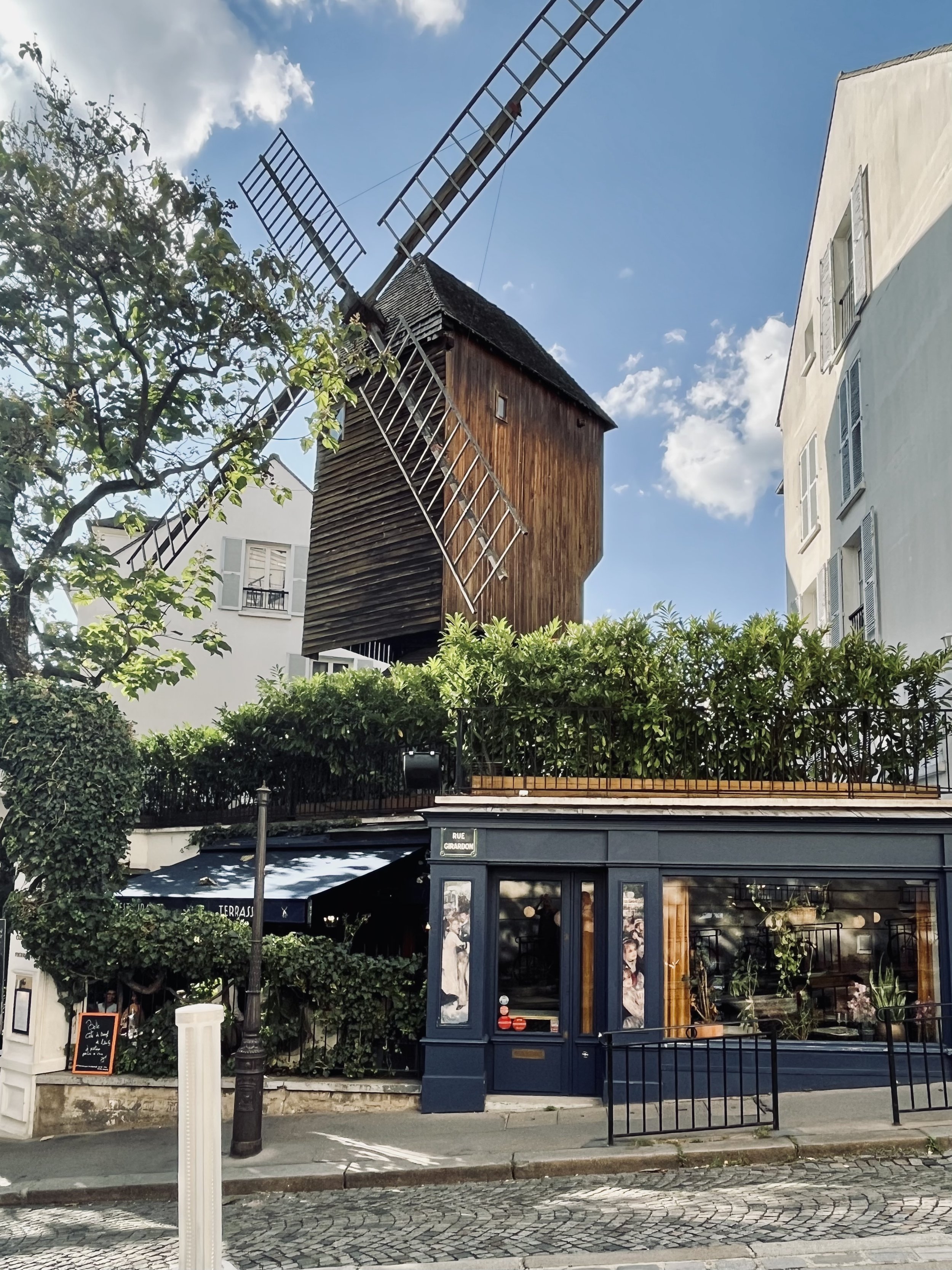
Moulin de la Galette
A historic windmill and restaurant. The site comprises two windmills: Blute-fin built in 1622 and Radet, constructed in 1717. In the the early 19th century, the Debray family transformed the area into a popular guinguette (open-air cafe) where Parisians enjoyed dancing. The venue became a favorite subject for artists, most notably Pierre Renoir, whose 1876 painting ‘Bal du moulin de la Galette’ captures the lively atmosphere of the dance hall.
-
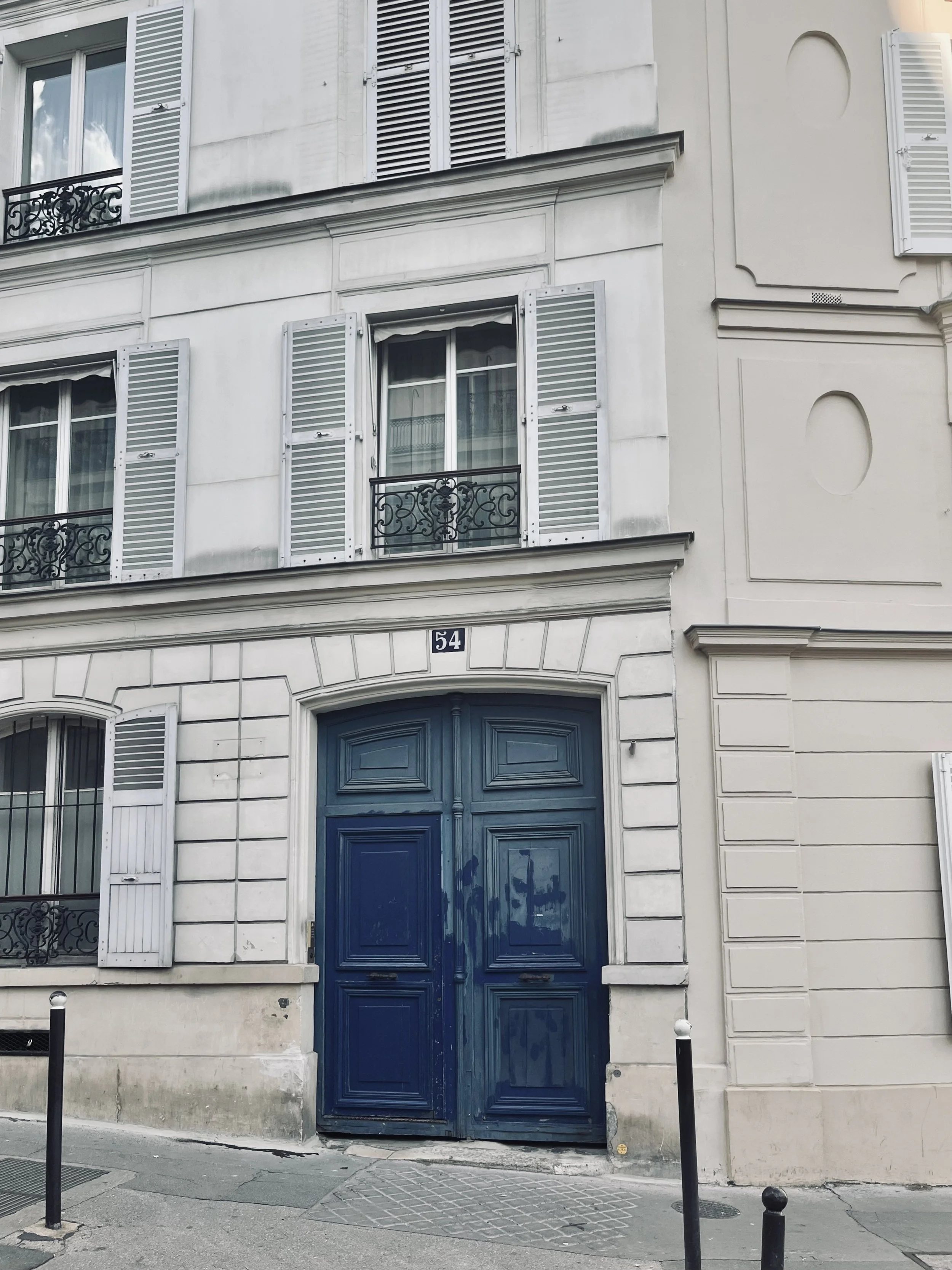
Vincent Van Gogh's residence
Vincent van Gogh’s residence is located at 54 Rue Lepic. He lived there with his brother Theo from 1886-1888. During this time, he painted numerous scenes of Montmartre. Notable works from this period include ‘View of Paris from Vincent’s Room in the Rue Lepic’, which captures the Paris skyline from his apartment window.
-
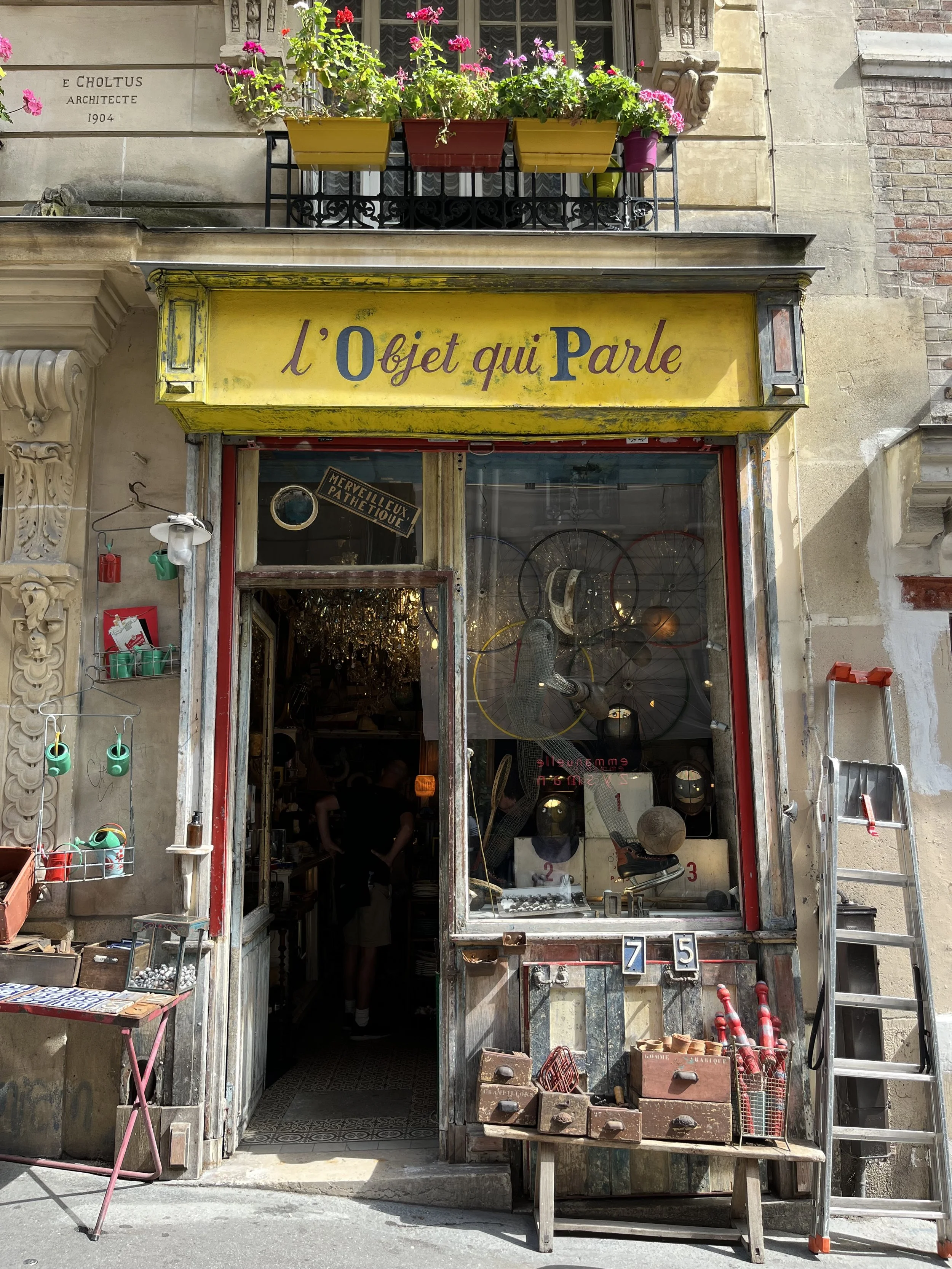
L'Objet Qui Parle
A captivating antique boutique established in 1998 by Guillaume Bernard- the shop’s name meaning, “The Object That Speaks” was inspired by customers who felt each item told its own story.
-
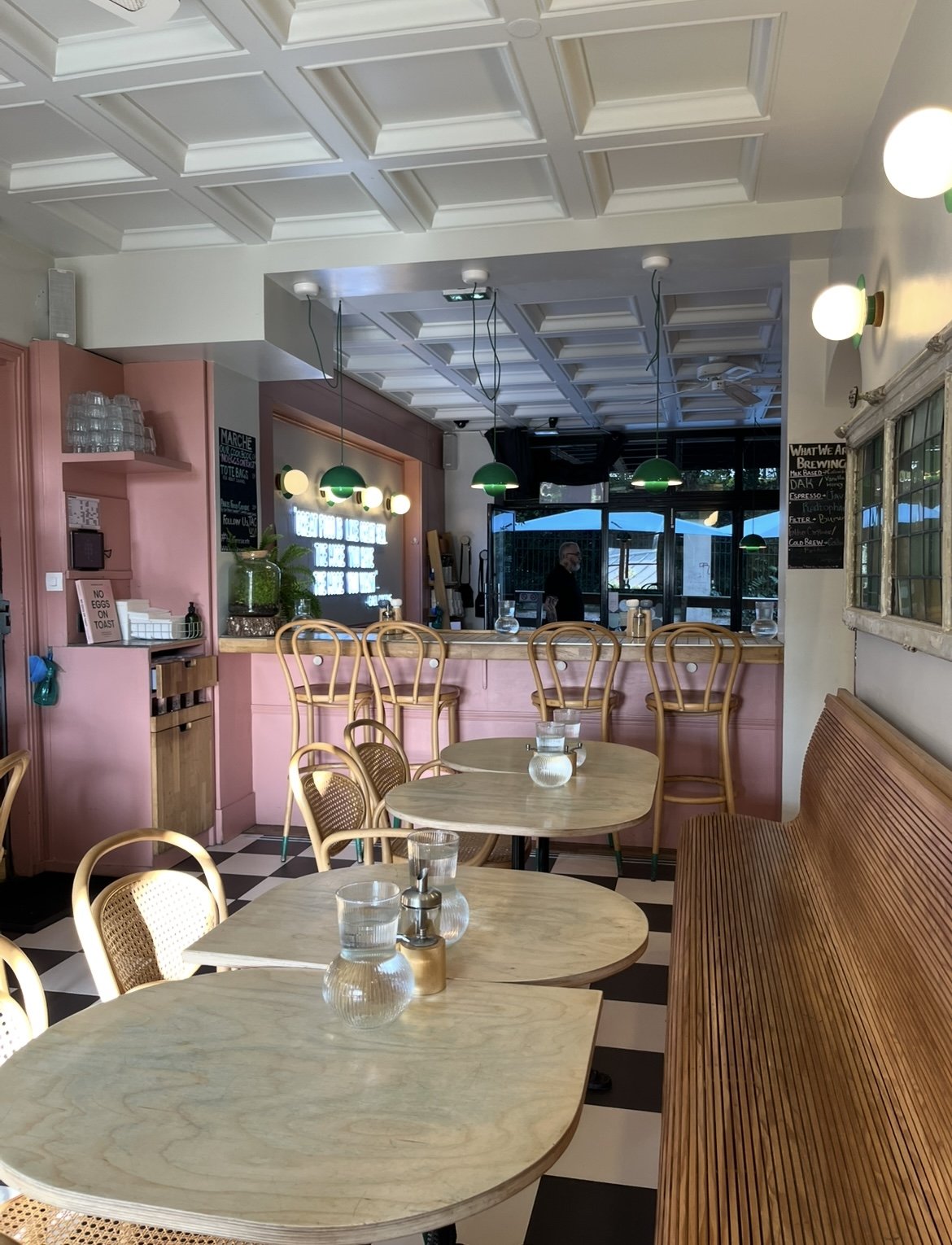
The Hardware Societe
A beloved brunch cafe with a fusion of Australian and French culture. Founded in 2016 by Australian duo Di and Will Keser.
-
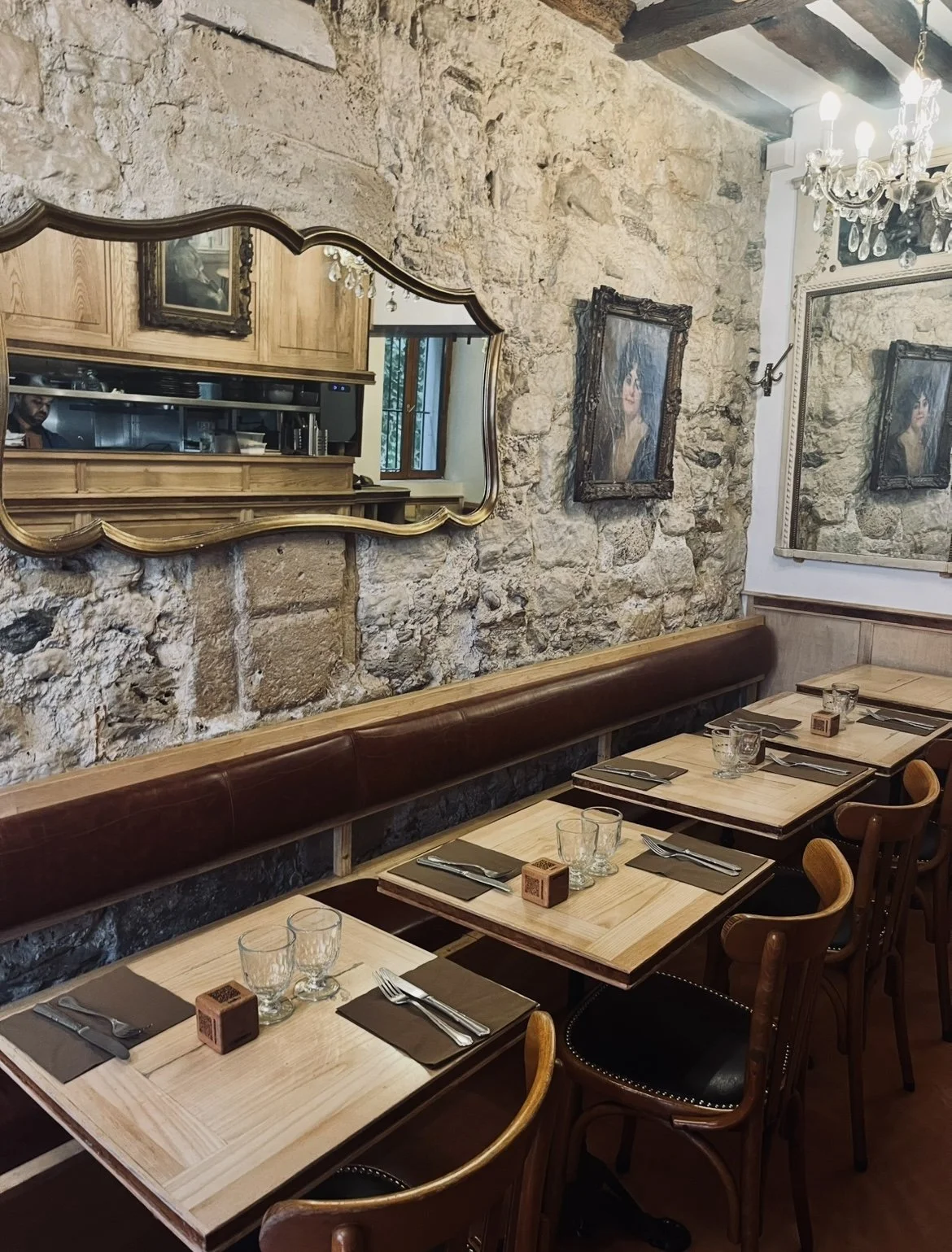
Le Poulbot
A charming French bistro specializing in traditional French cuisine. I especially love the French Onion Soup.
-

Il Padrino
A cozy Italian restaurant with authentic, delicious cuisine. I especially love the pizza.
-

Pink Mamma
A four-story Italian restaurant with a glass-roofed terrace and eclectic gallery walls adorning the staircases. Delicious Italian dishes. You will need a reservation.
-
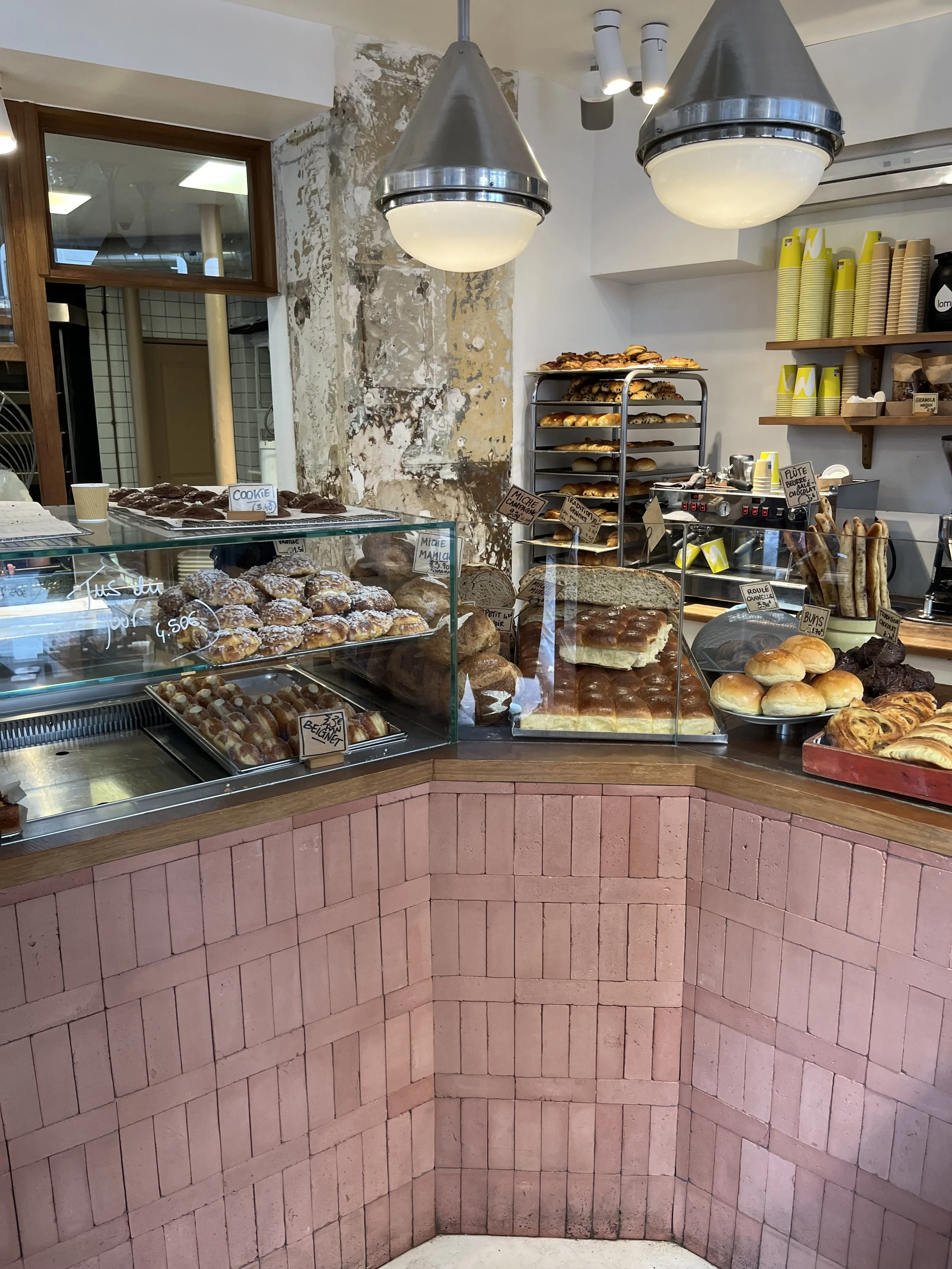
Mamiche
A beloved Parisian bakery known for its artisanal breads and pastries. Founded in 2017 by Victoria Effantin and Cecile Khayat. You know a line out the door is the sign of an amazing bakery.
